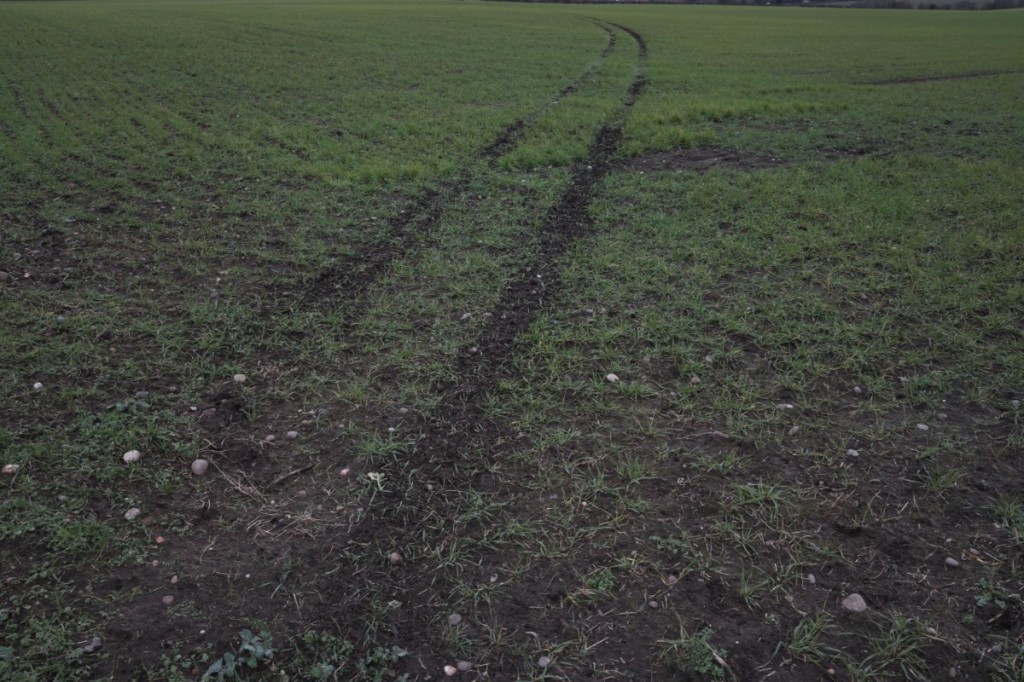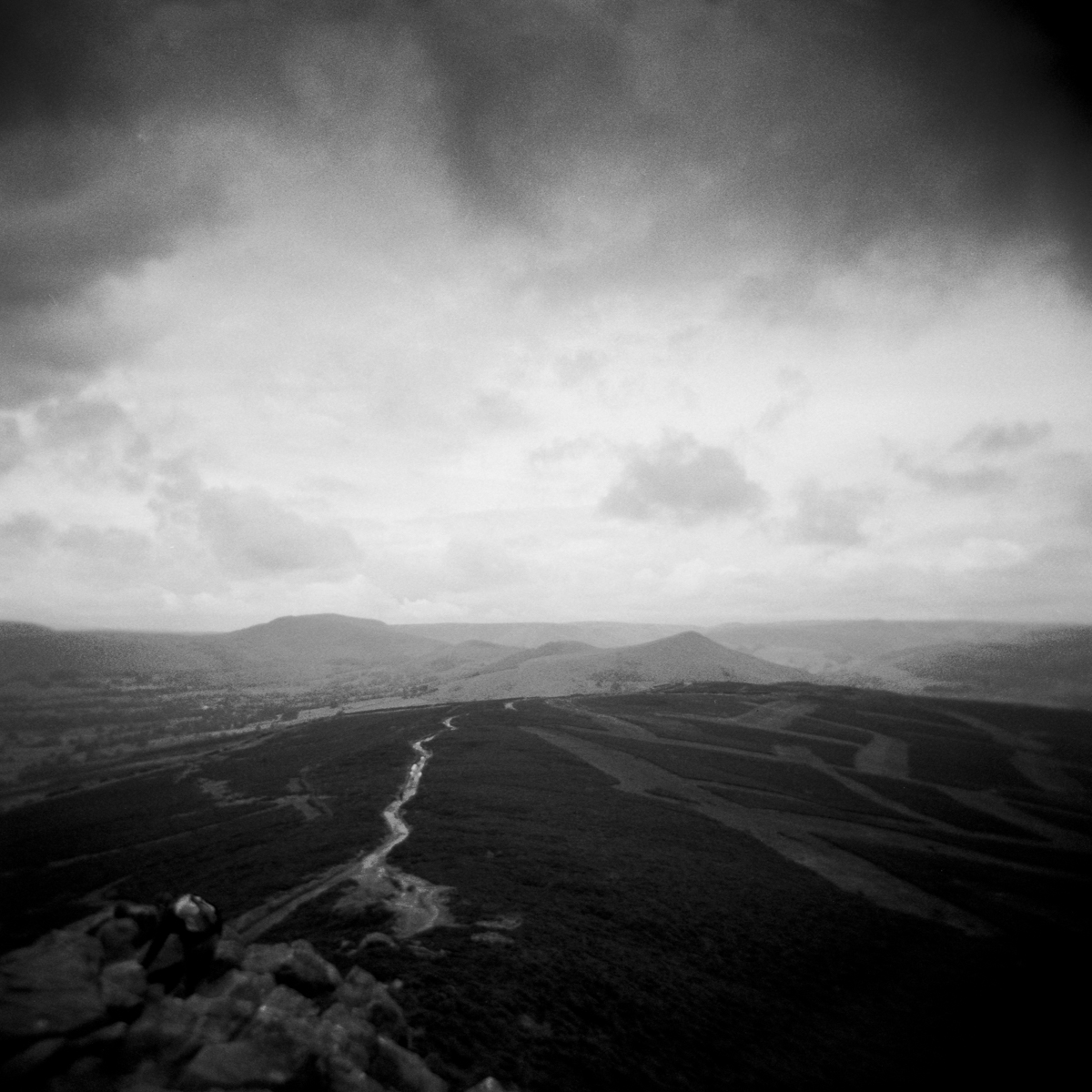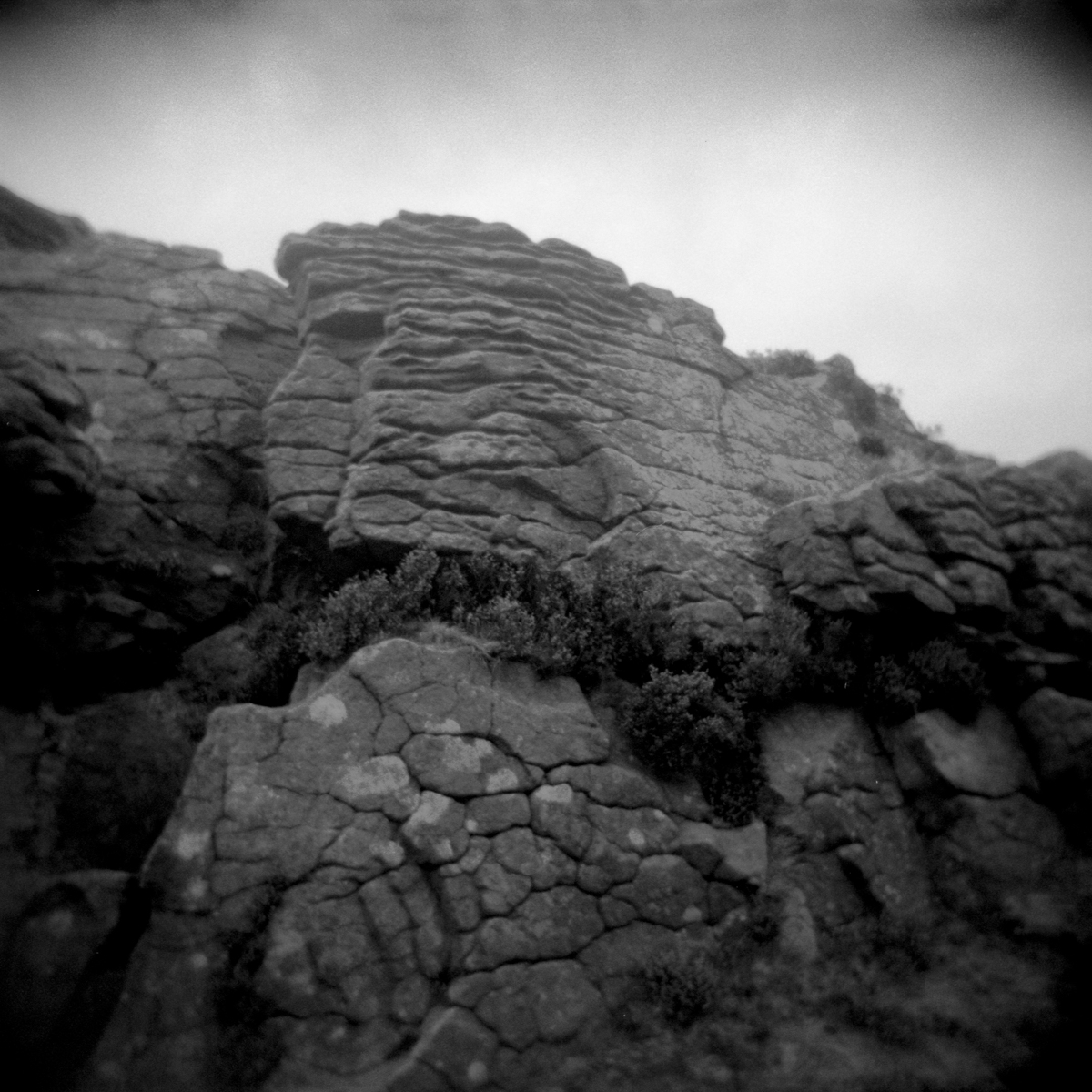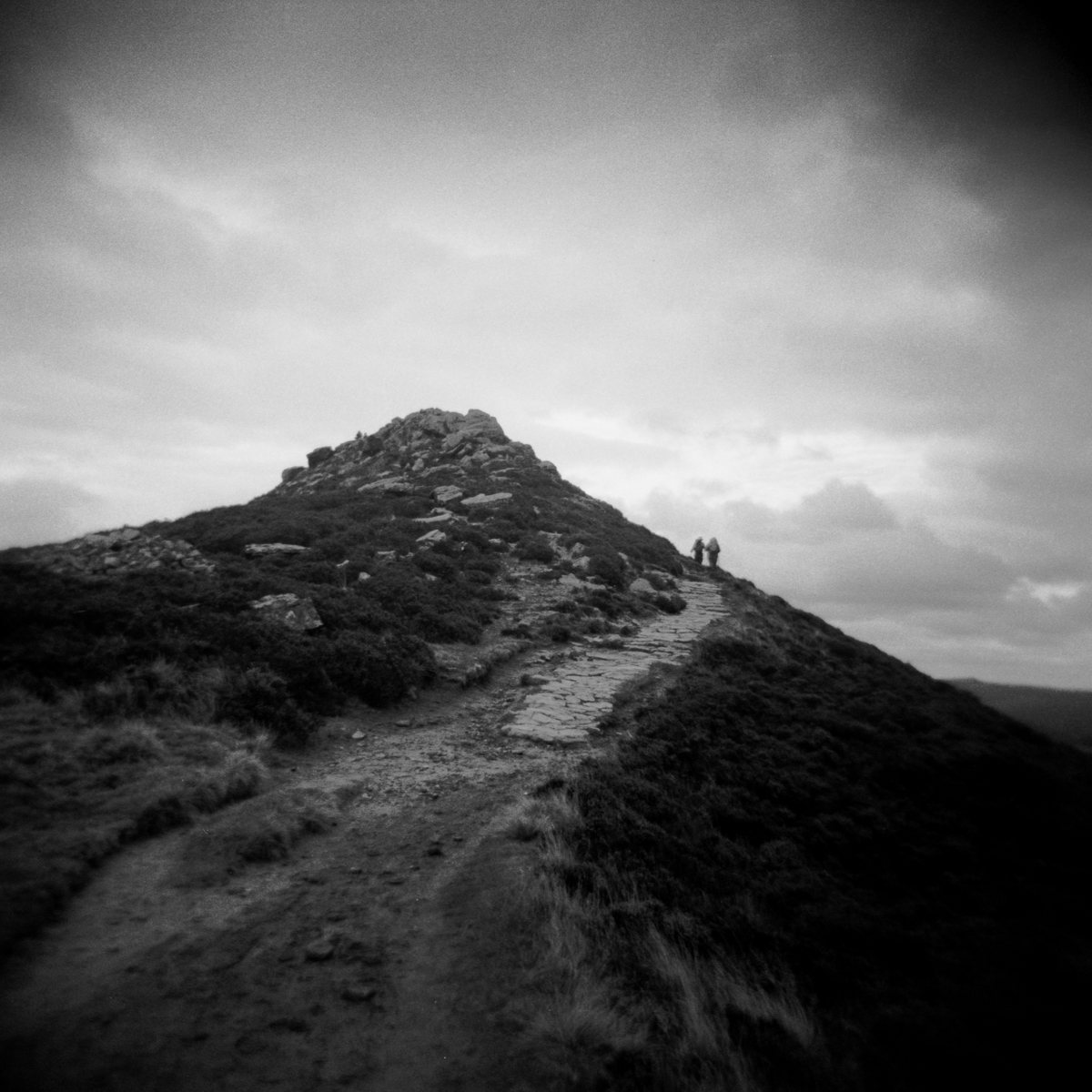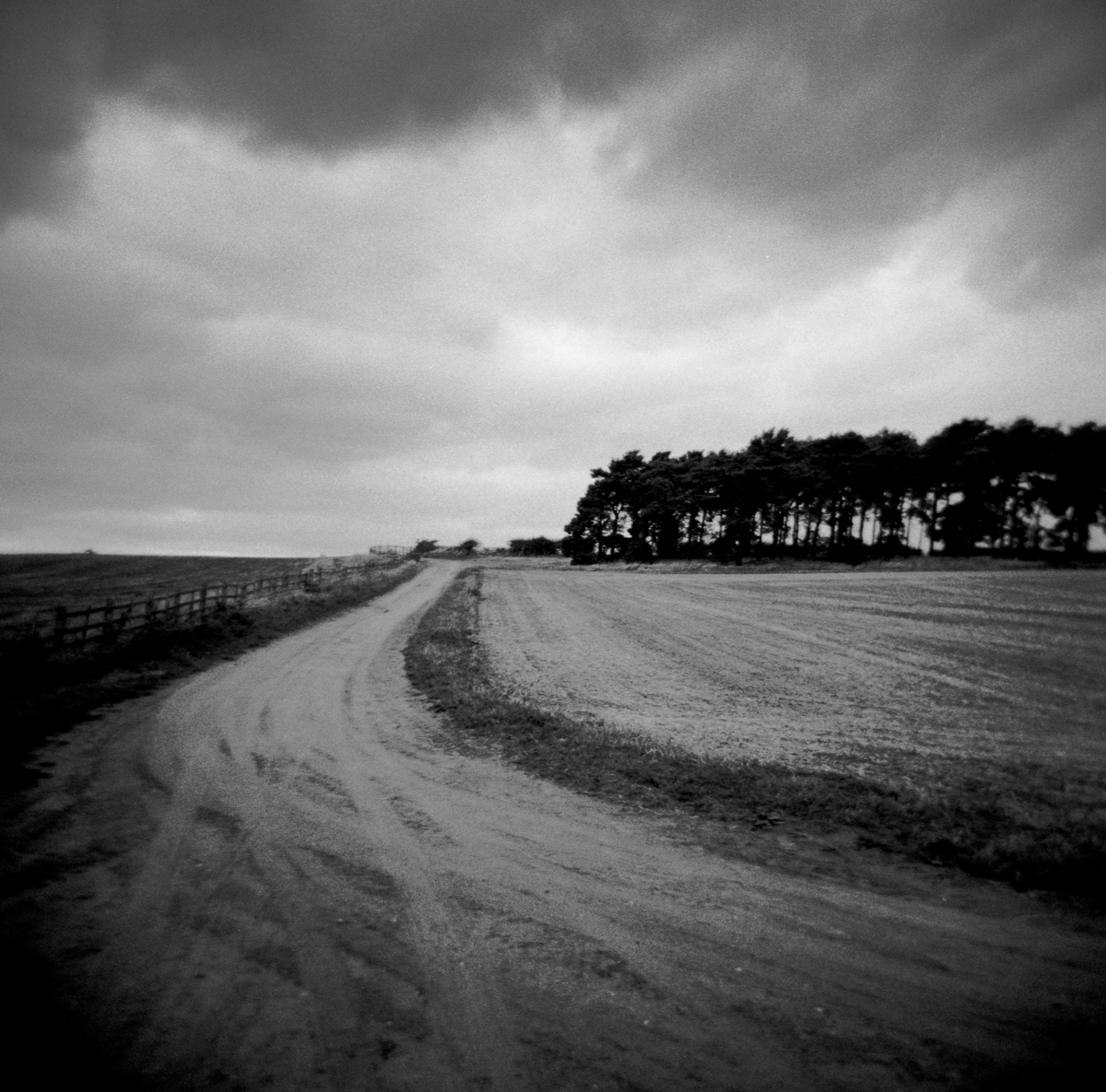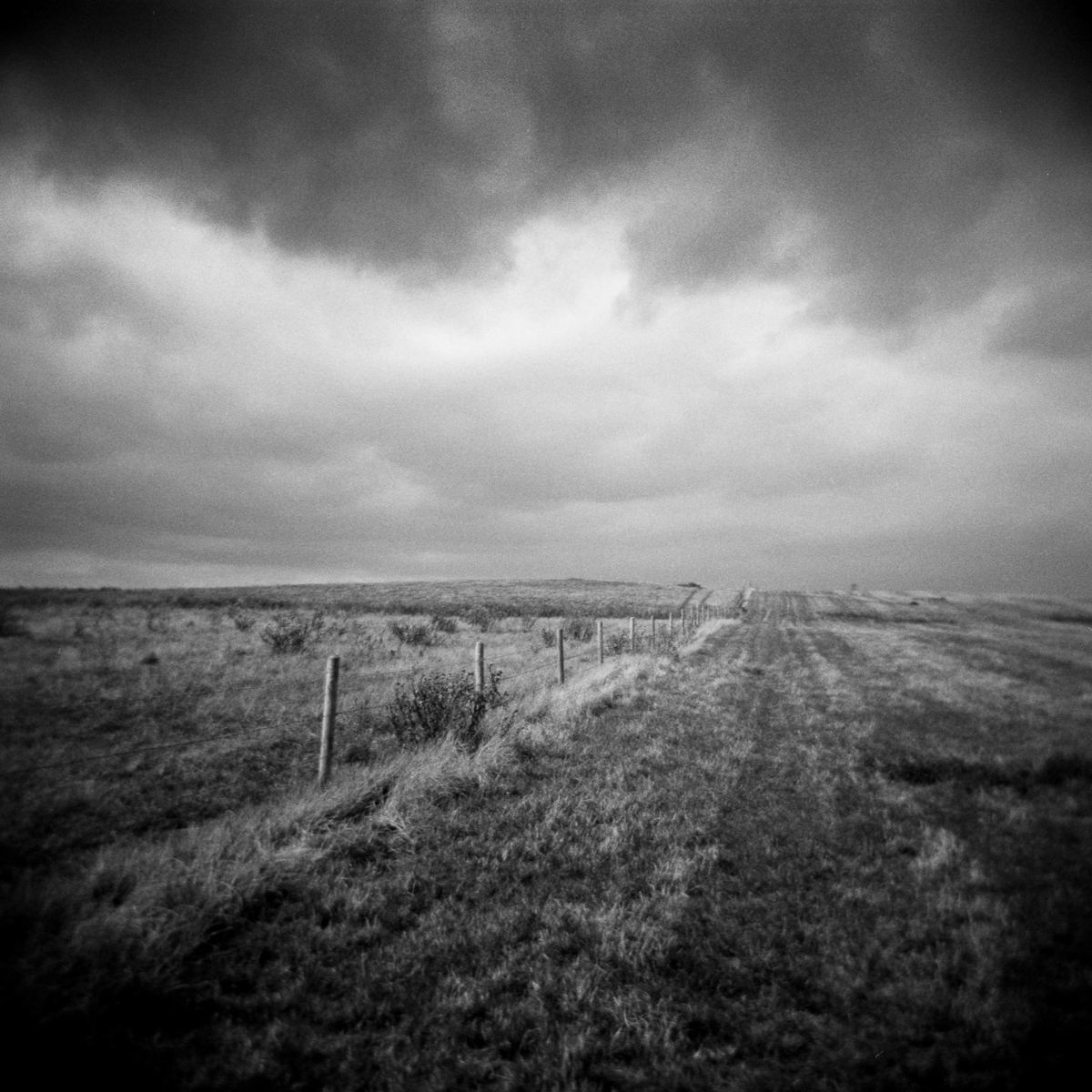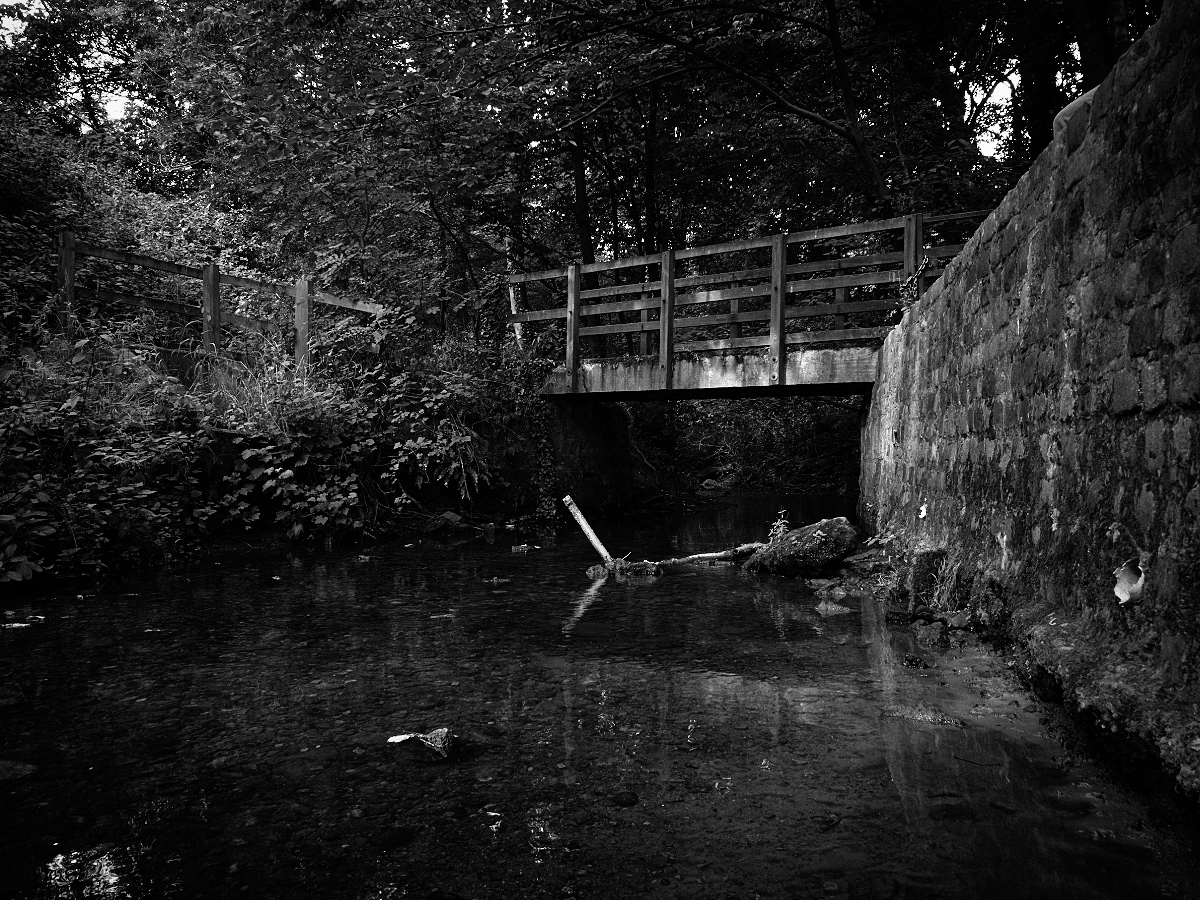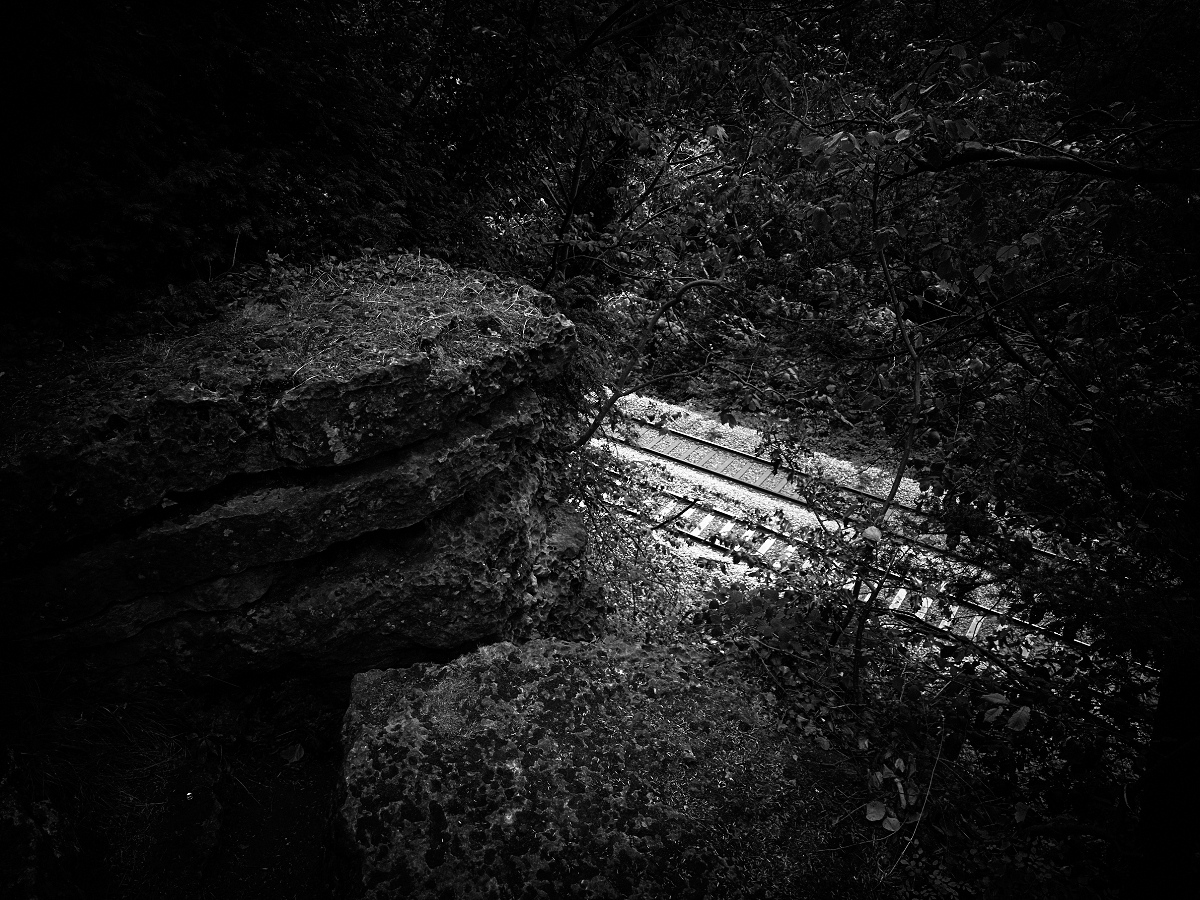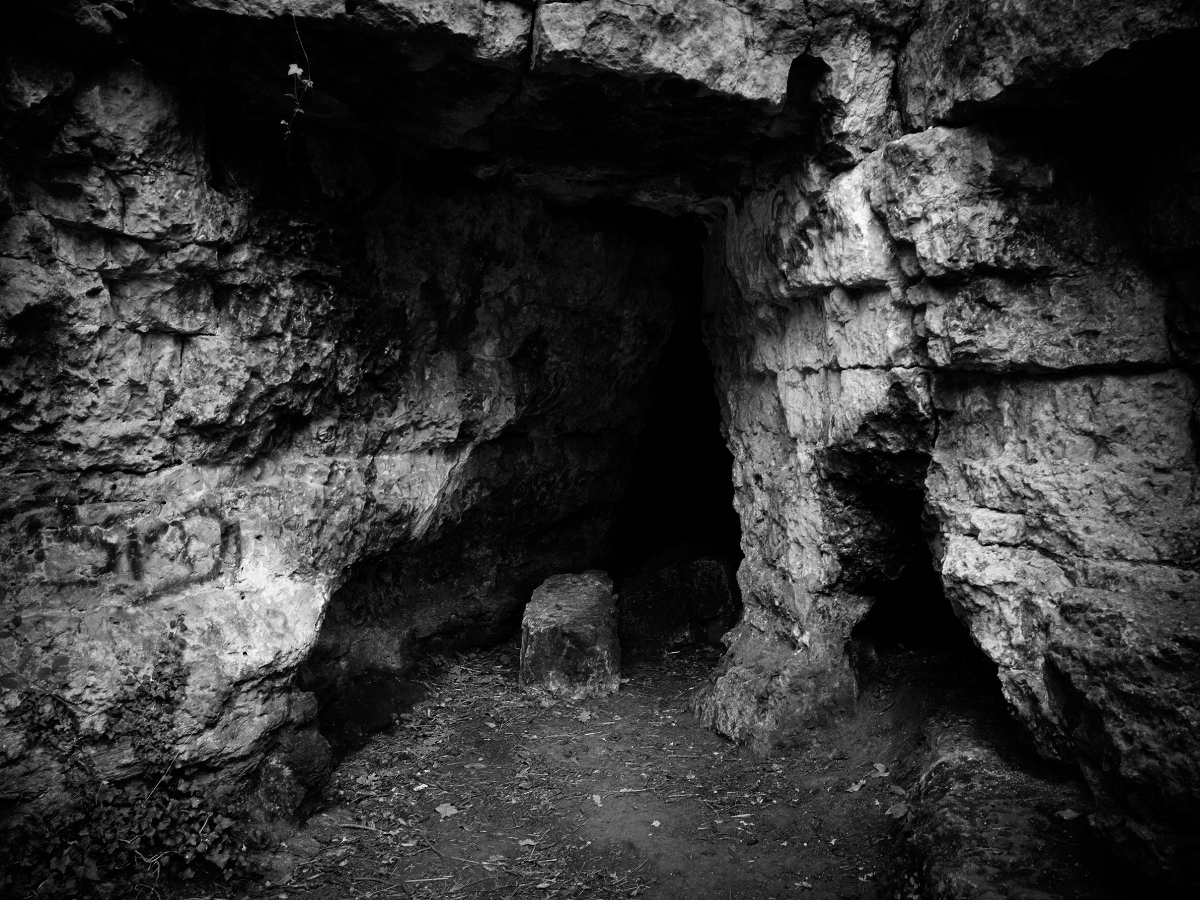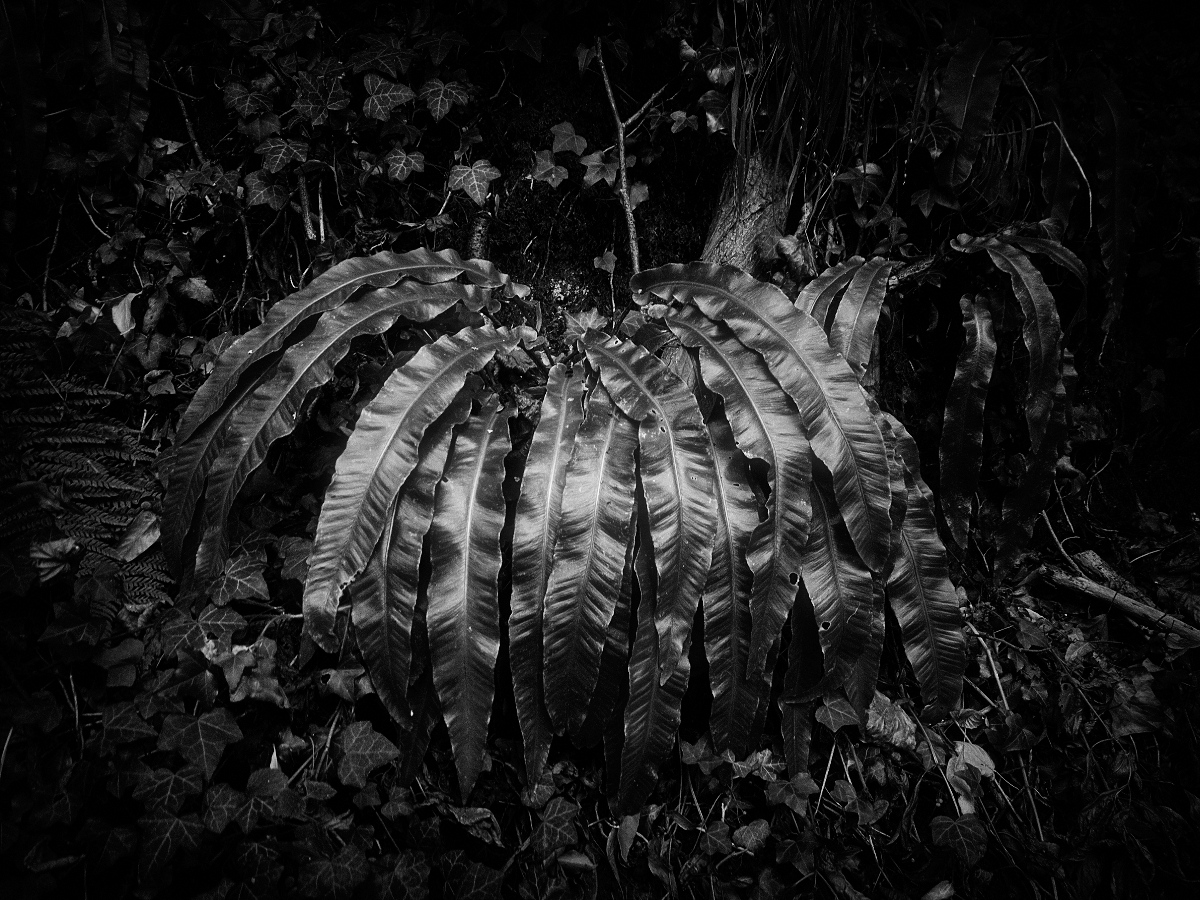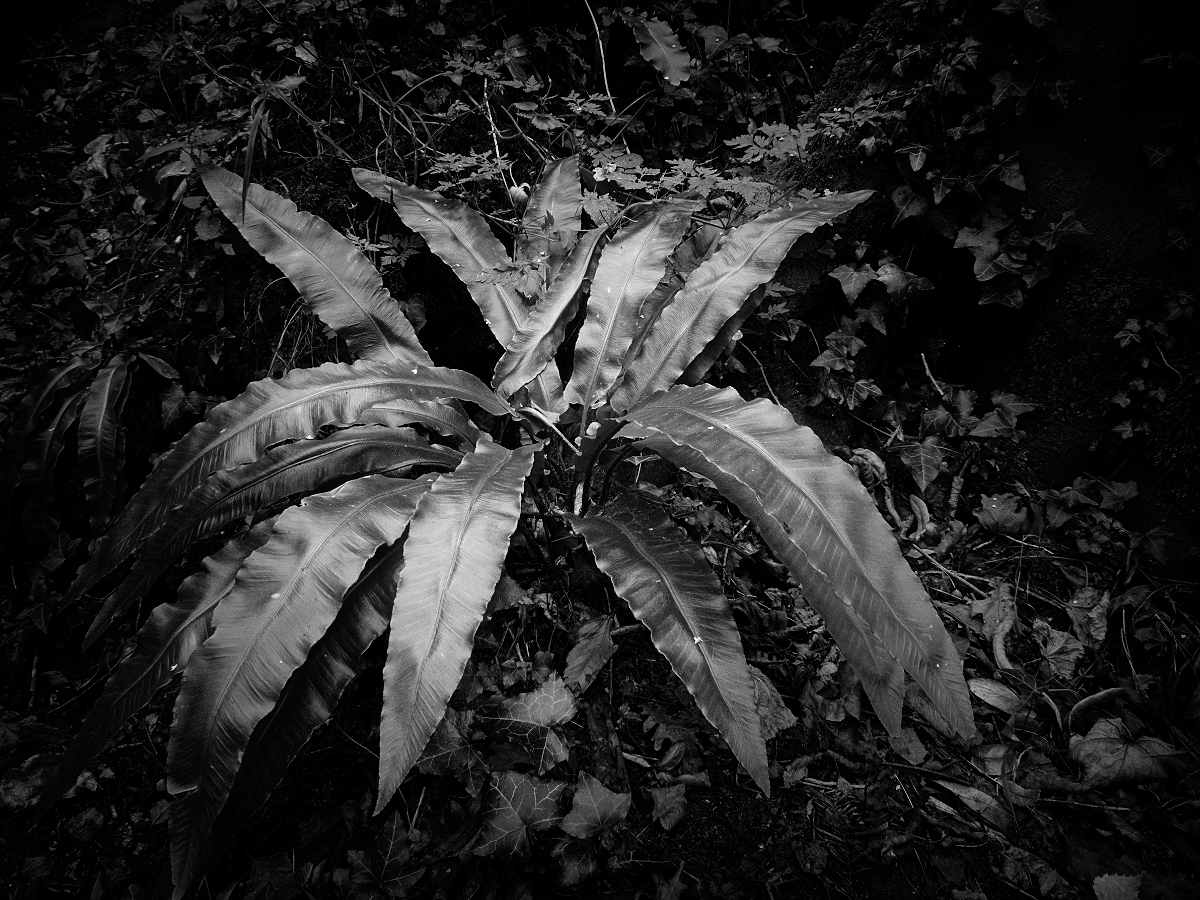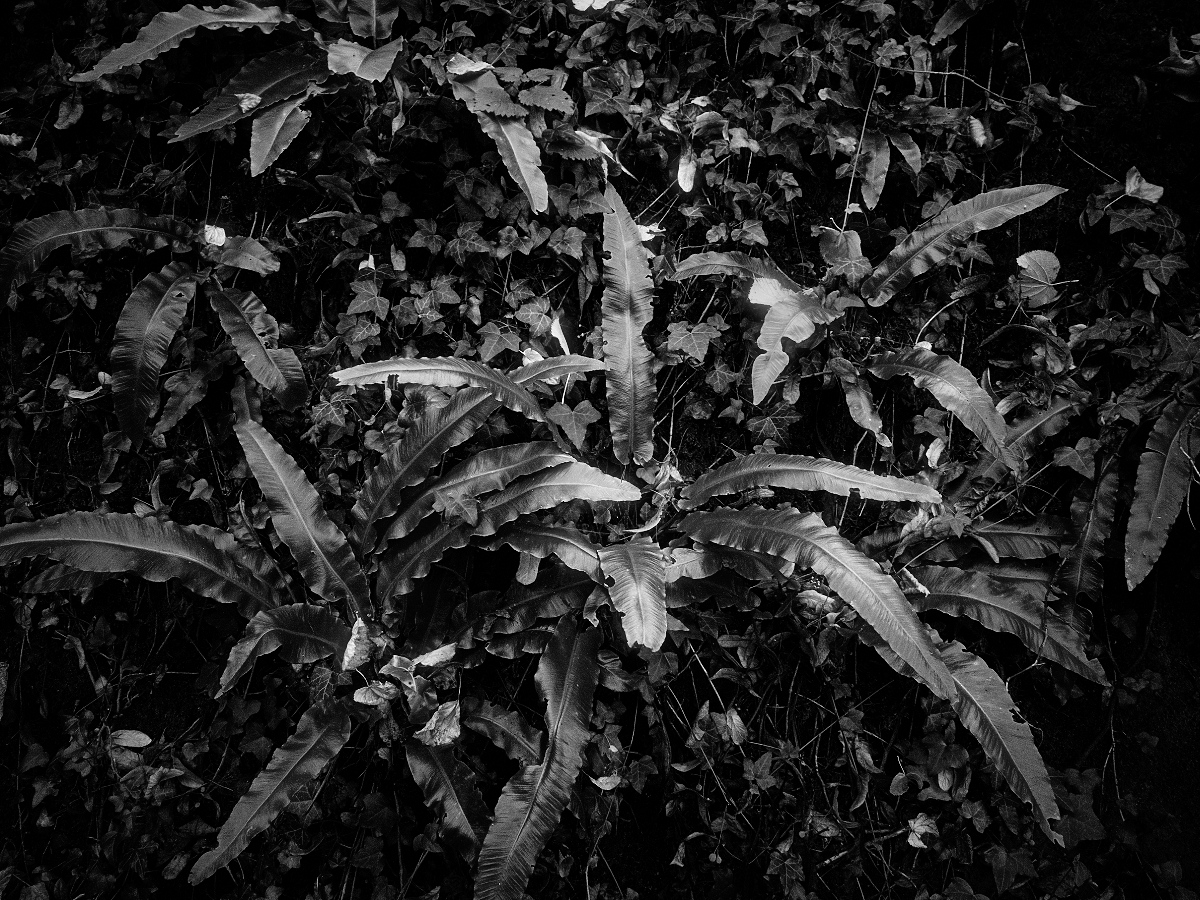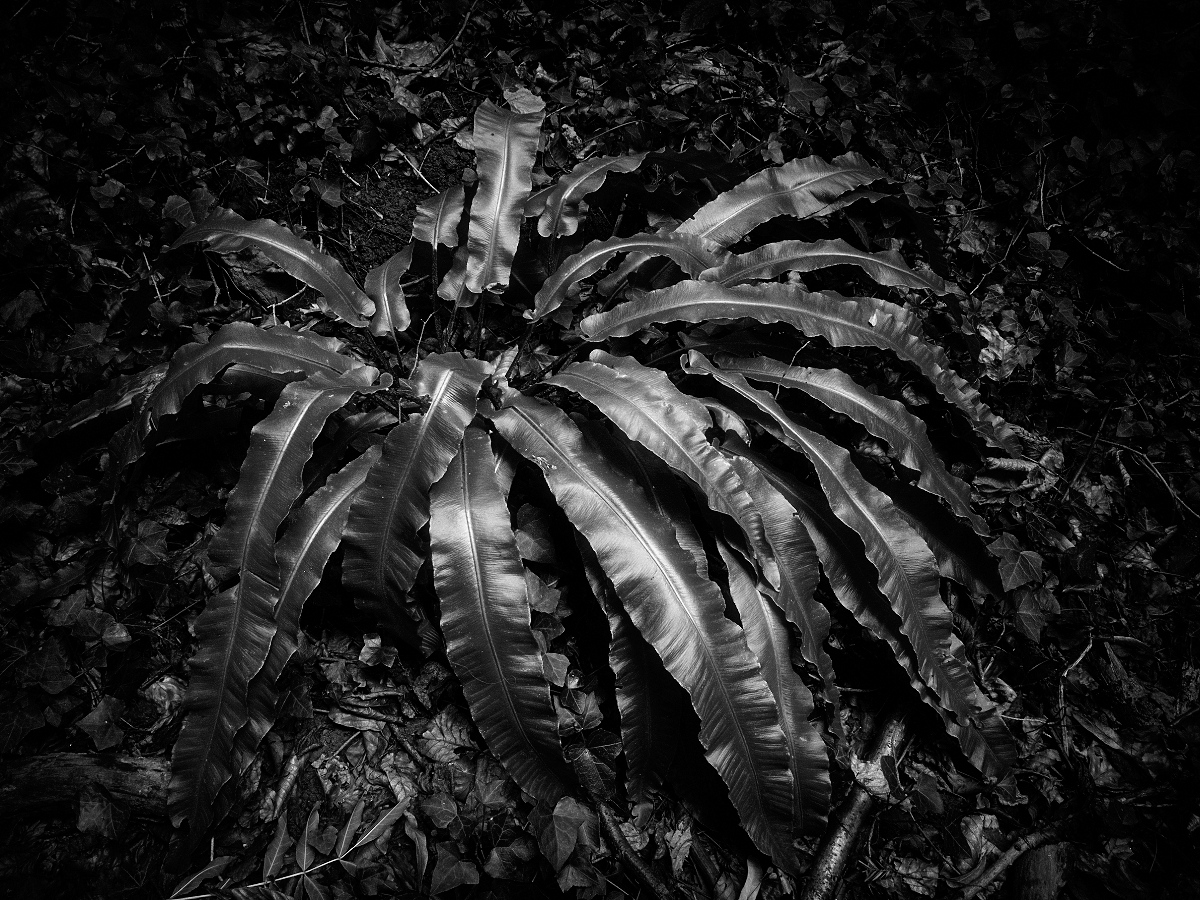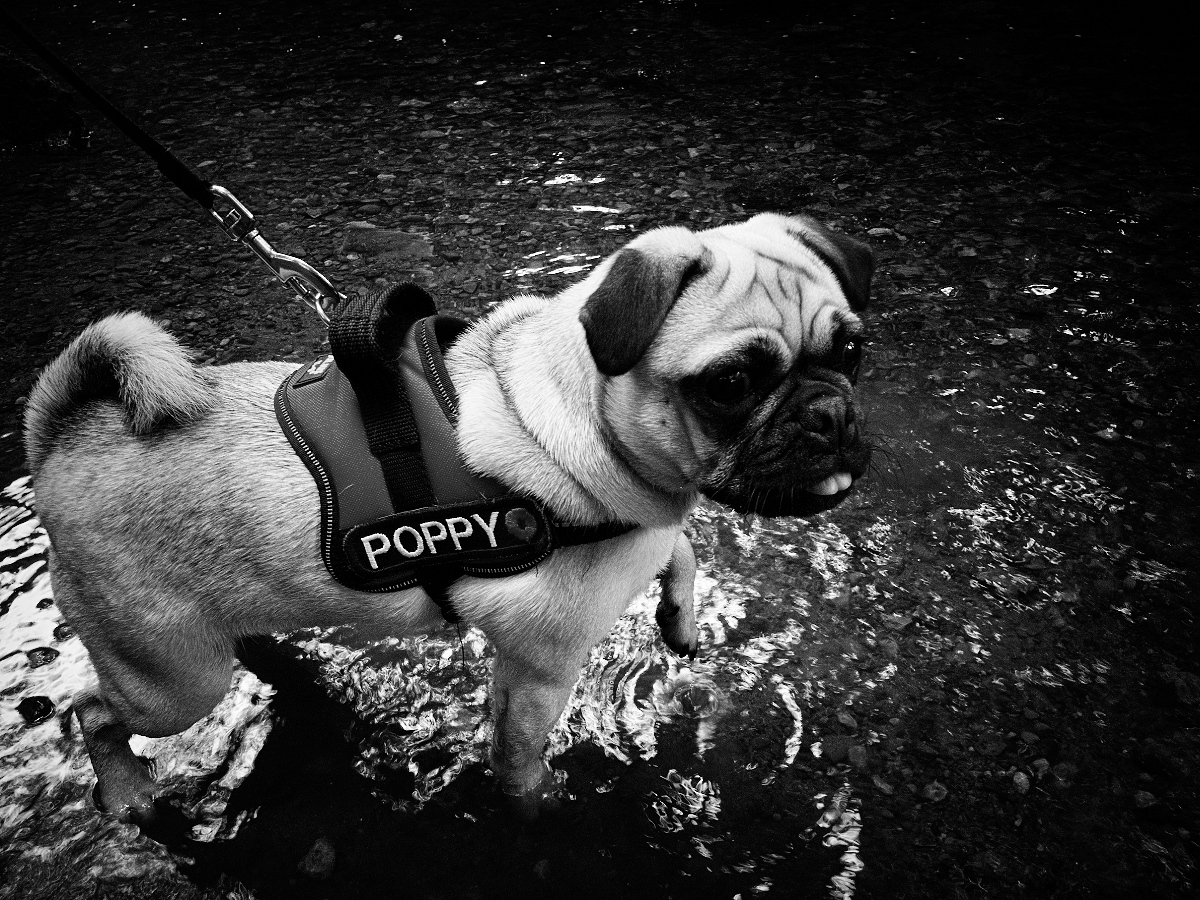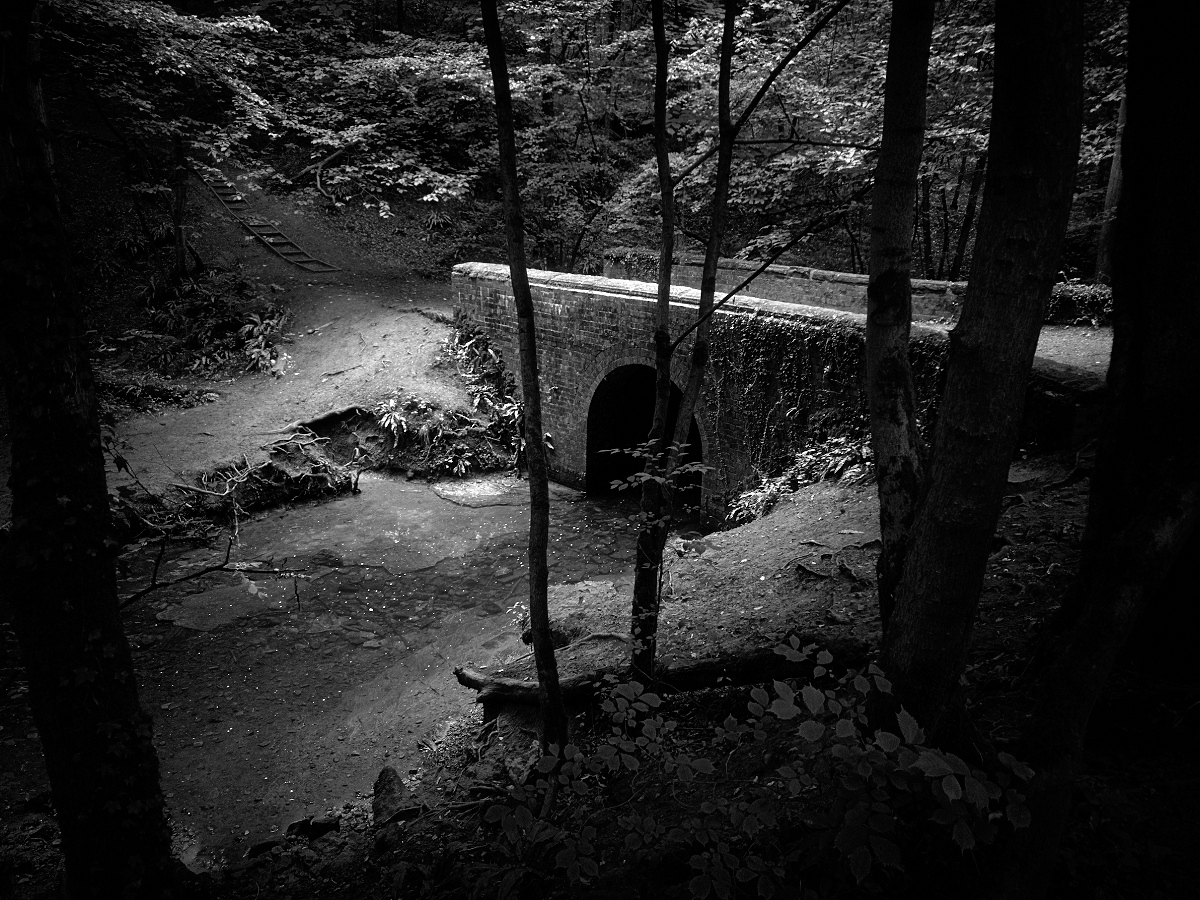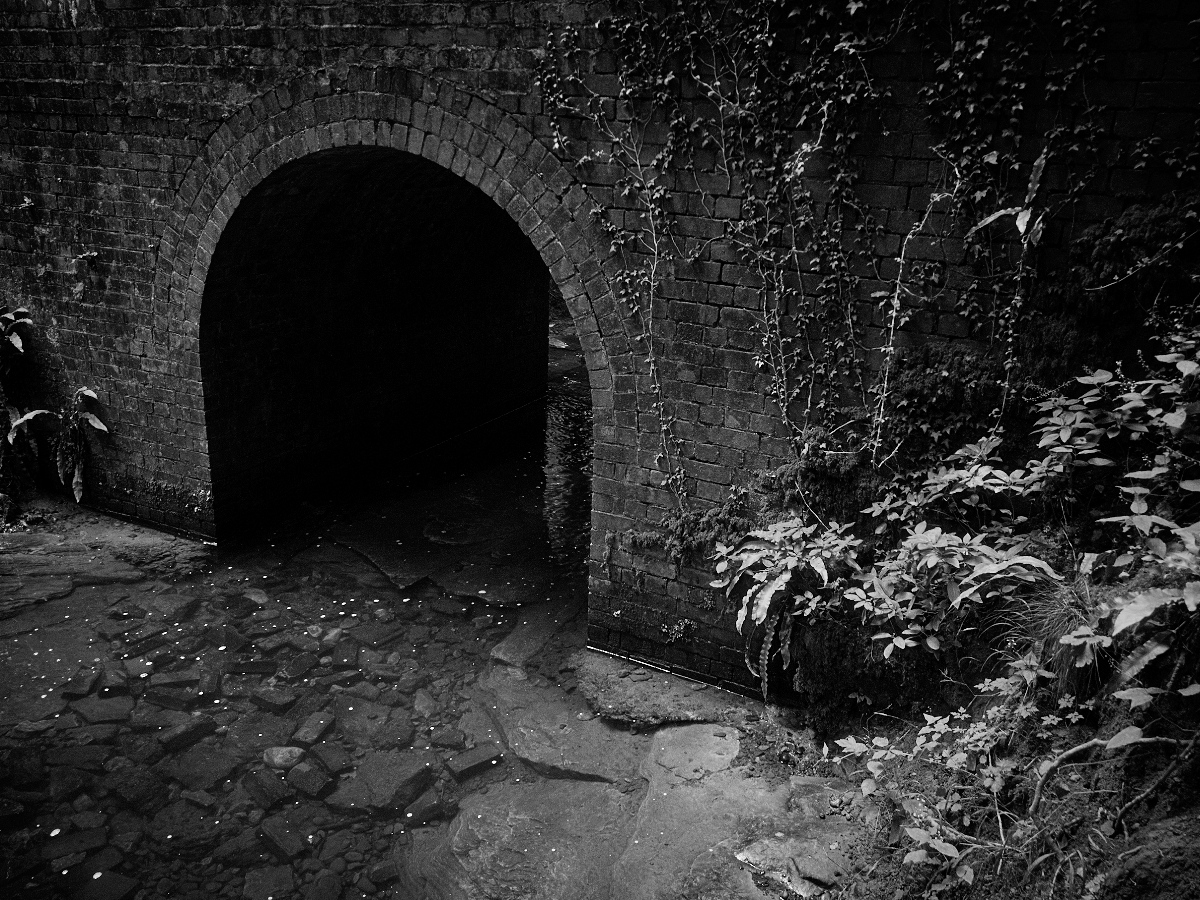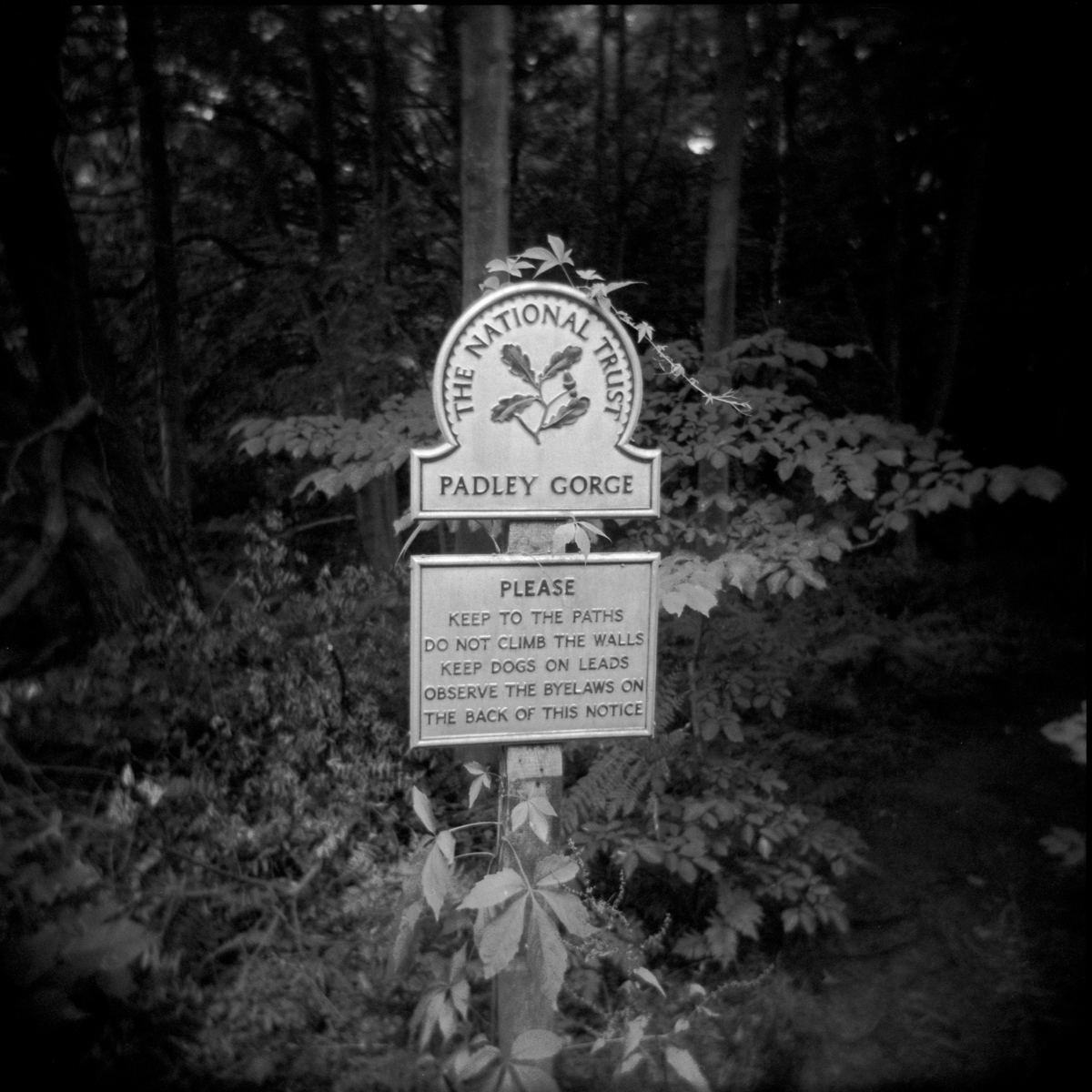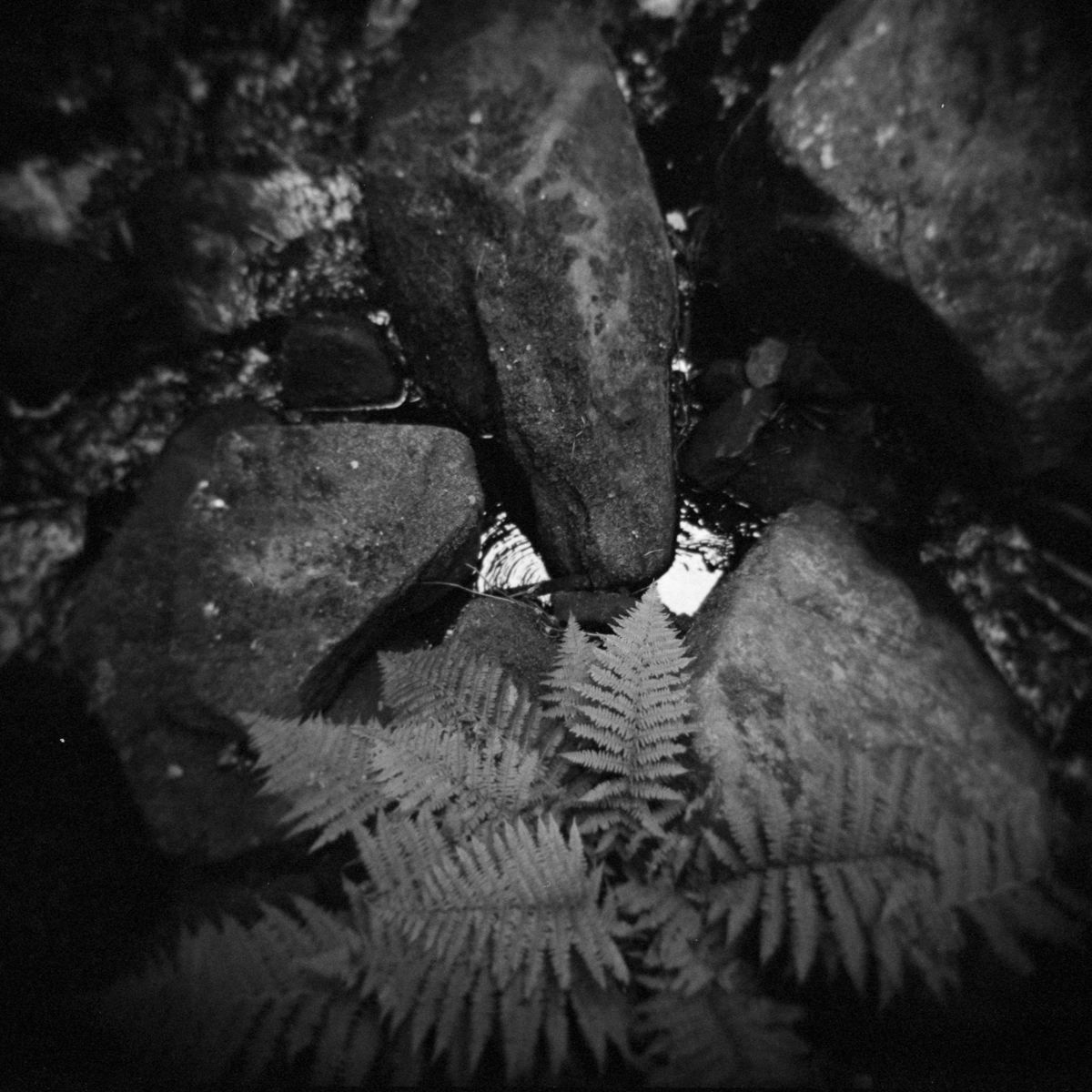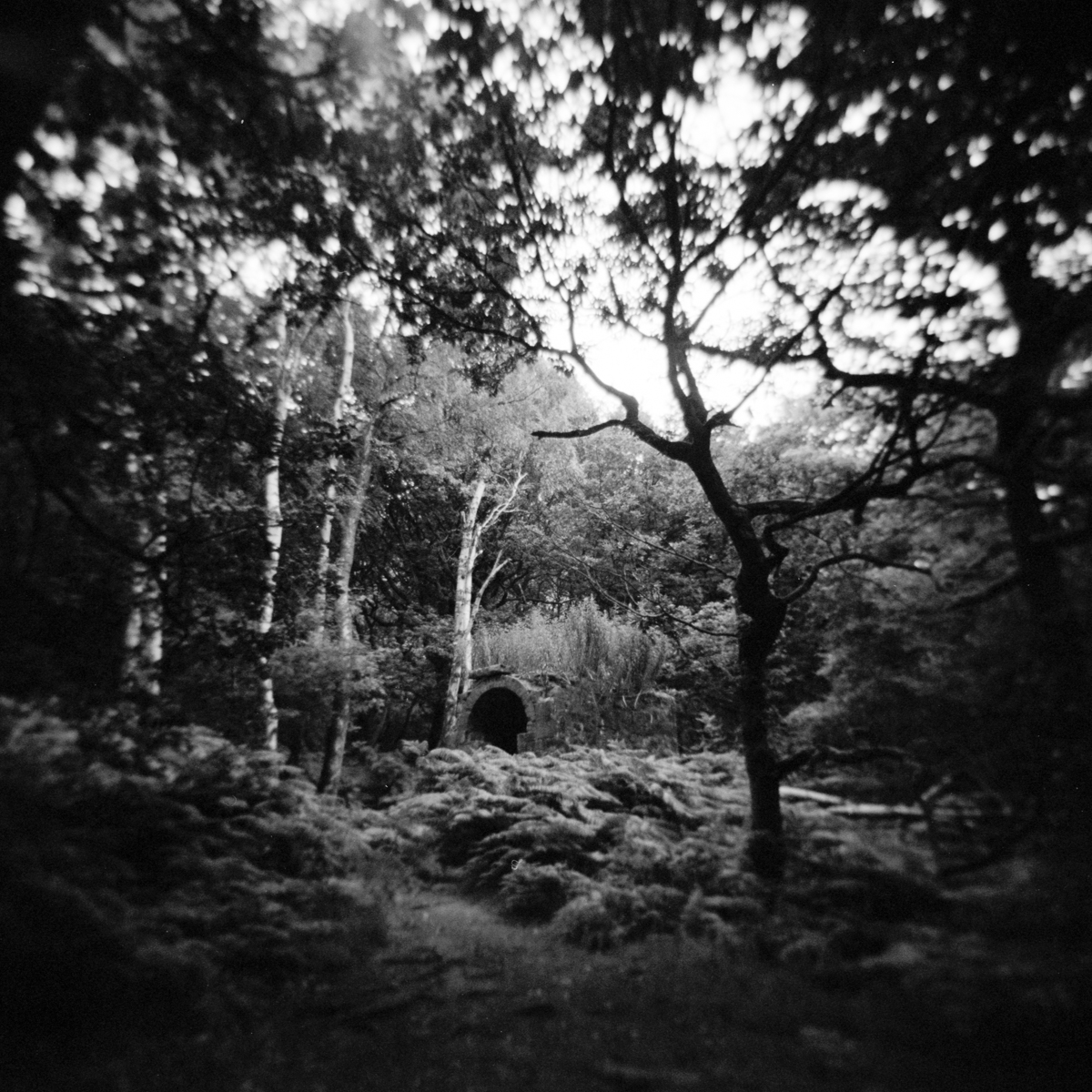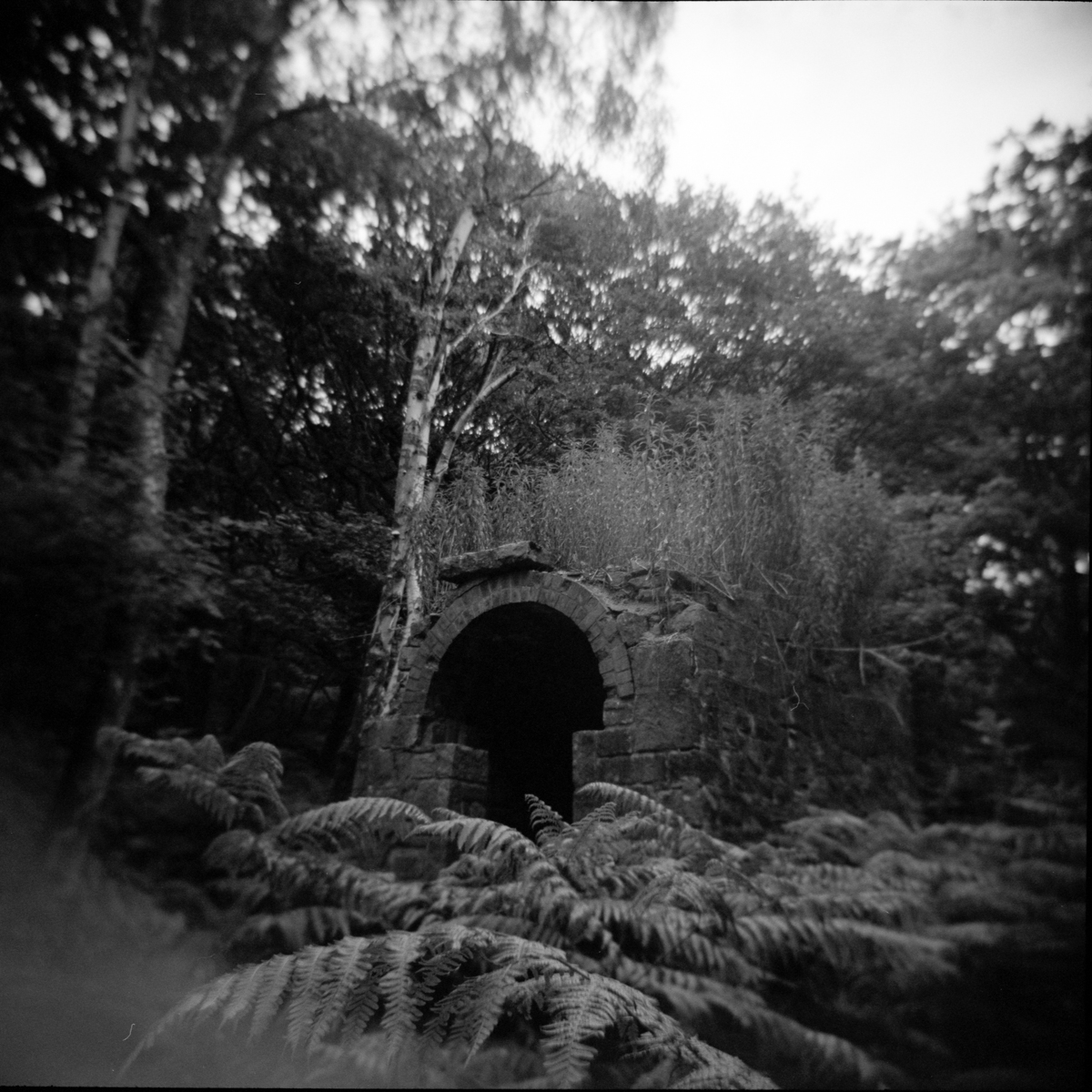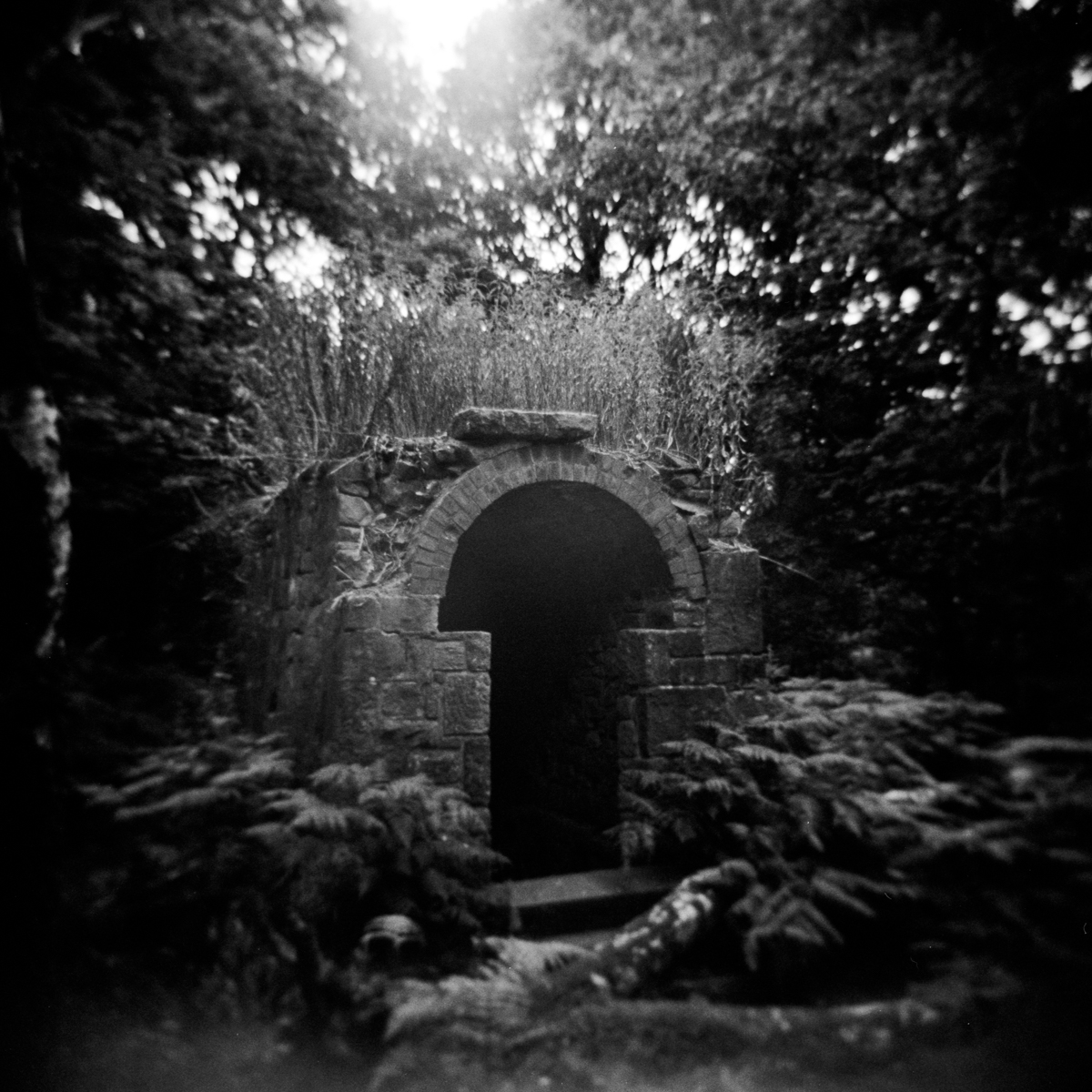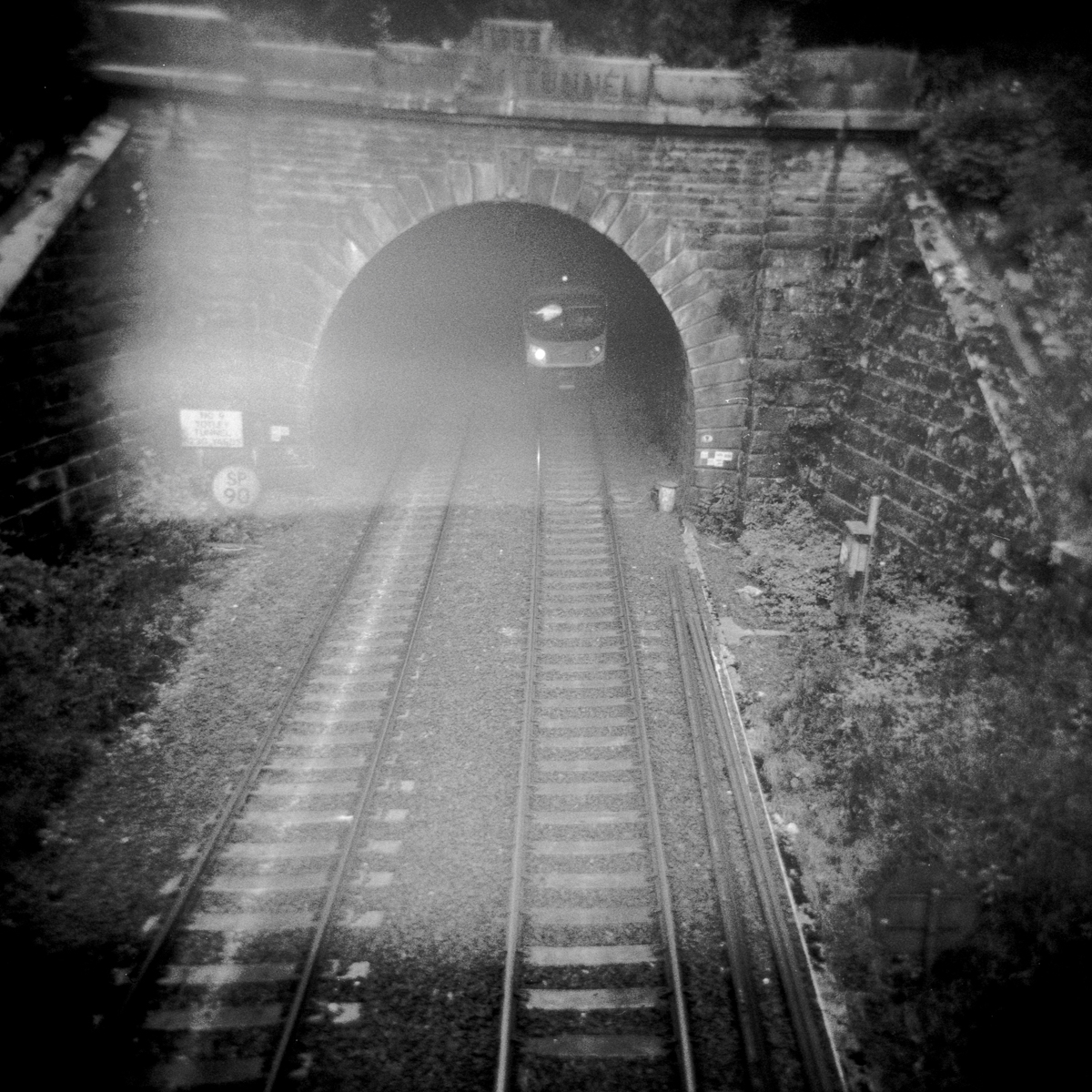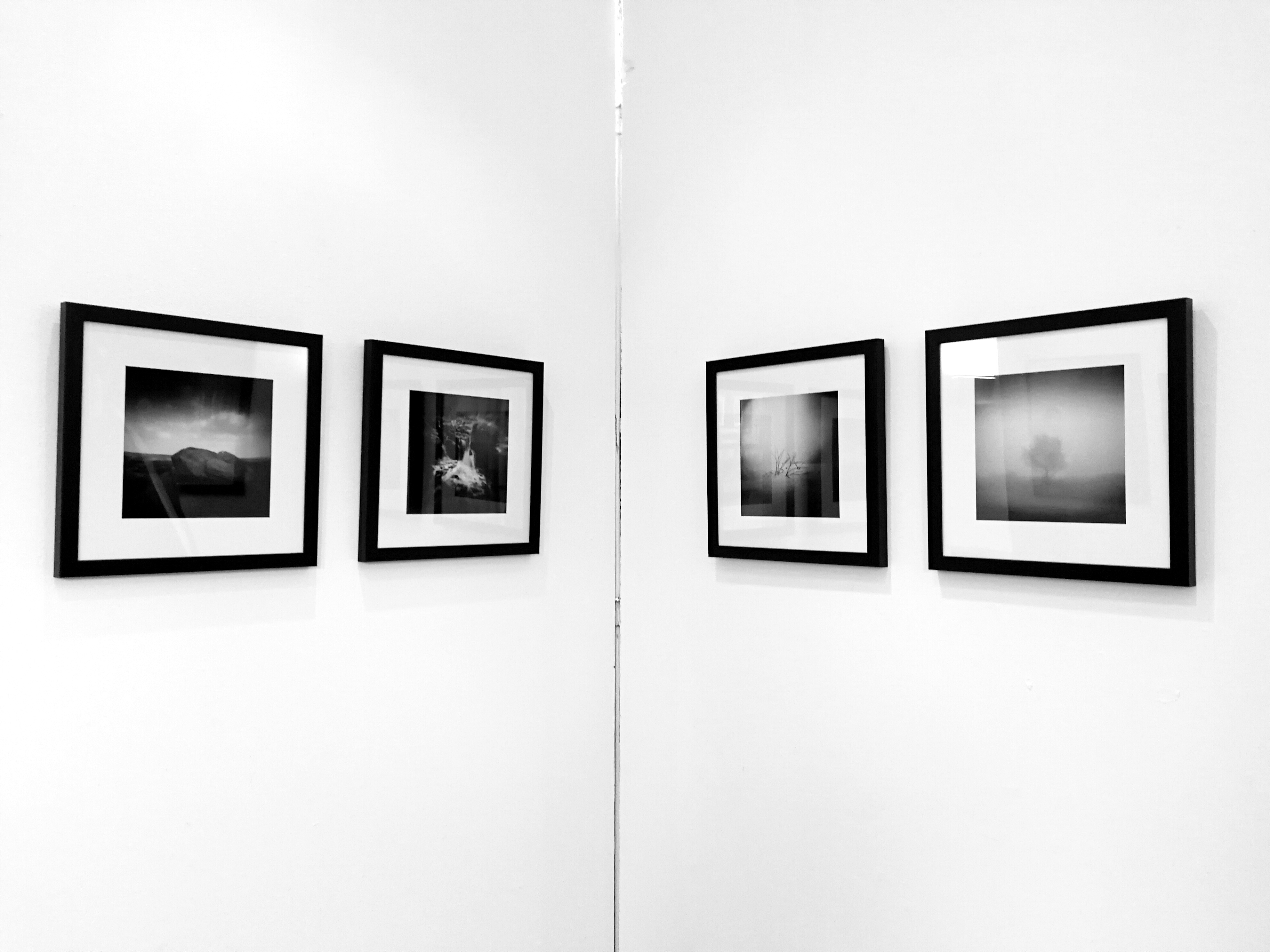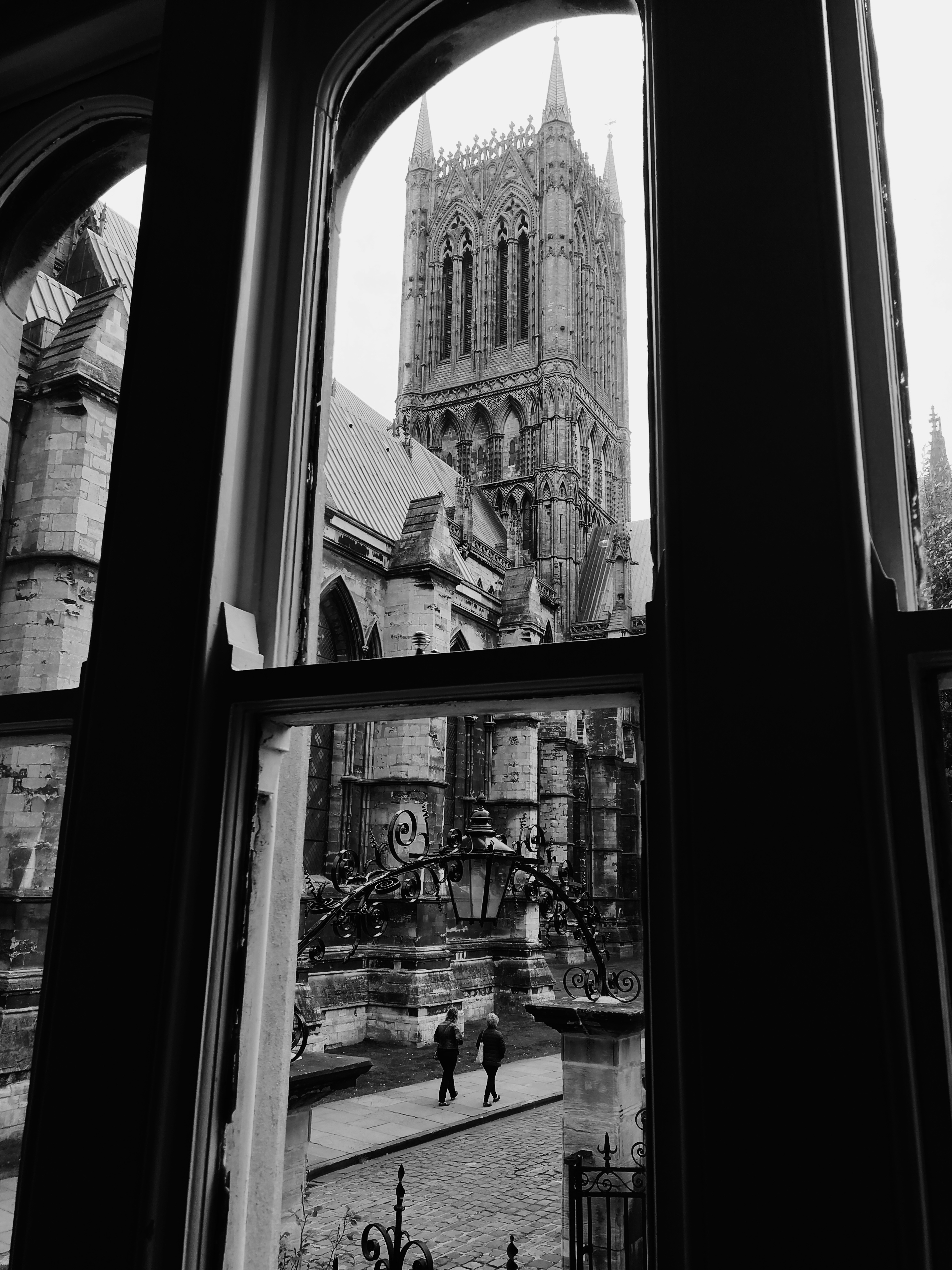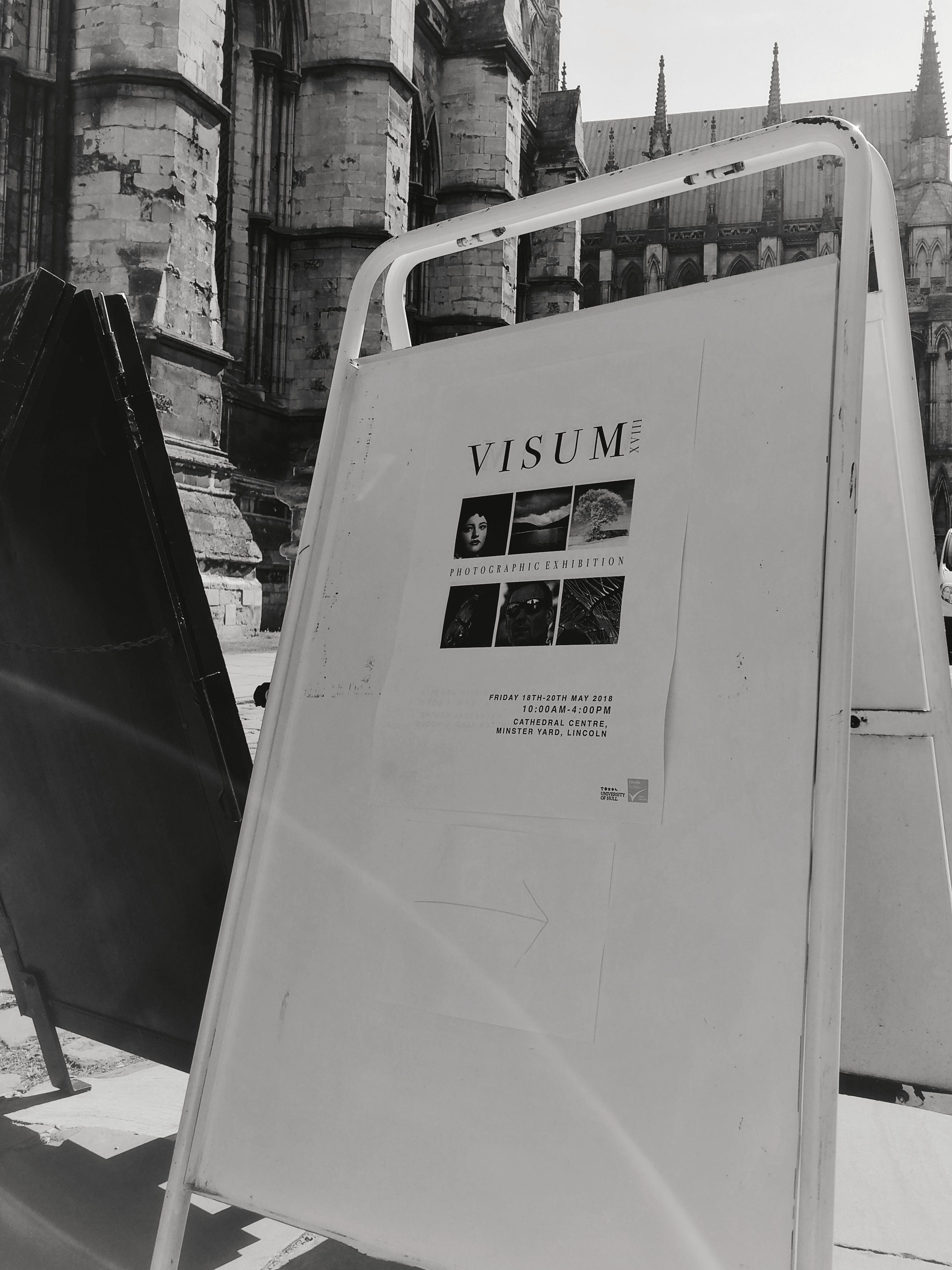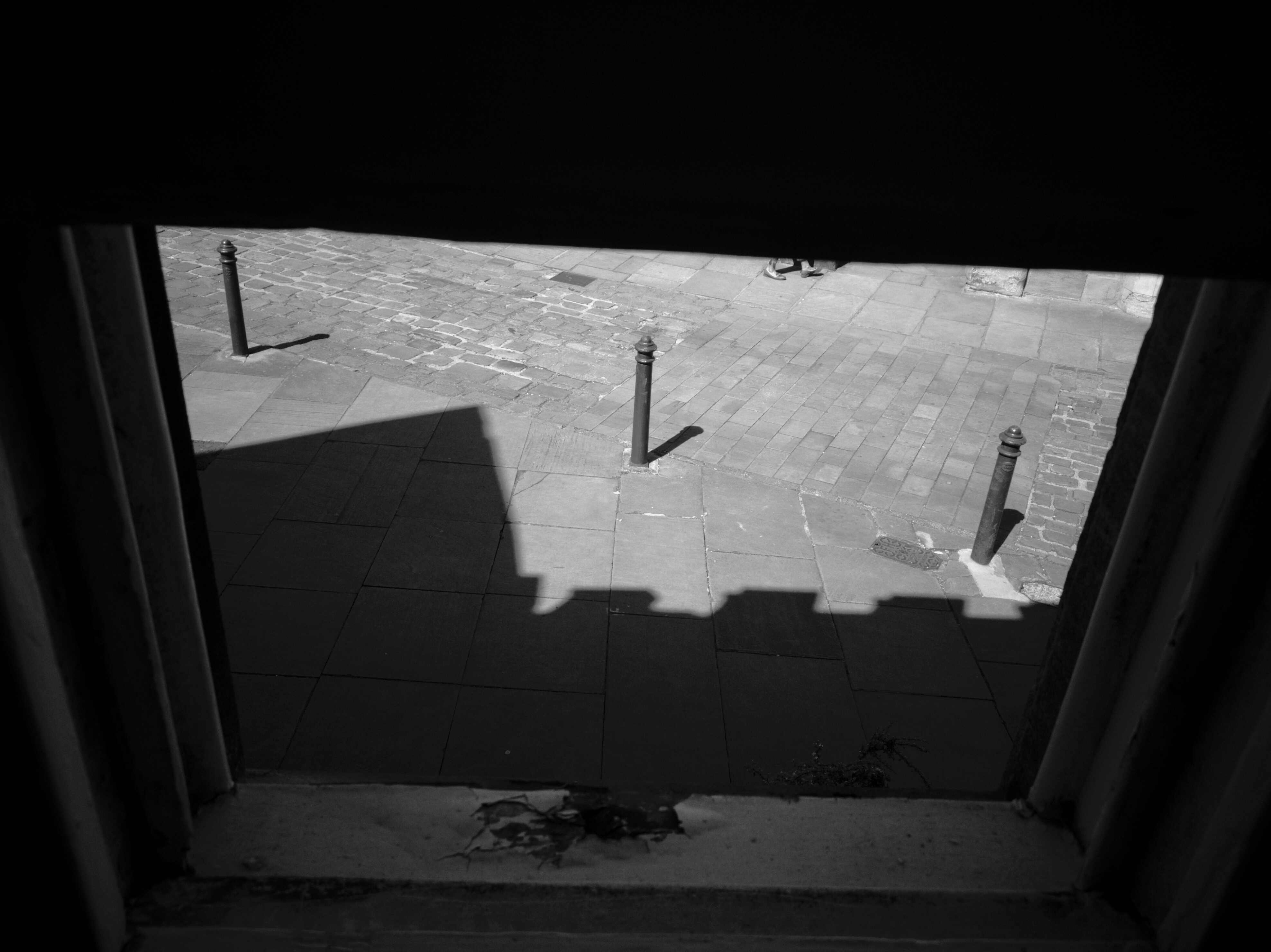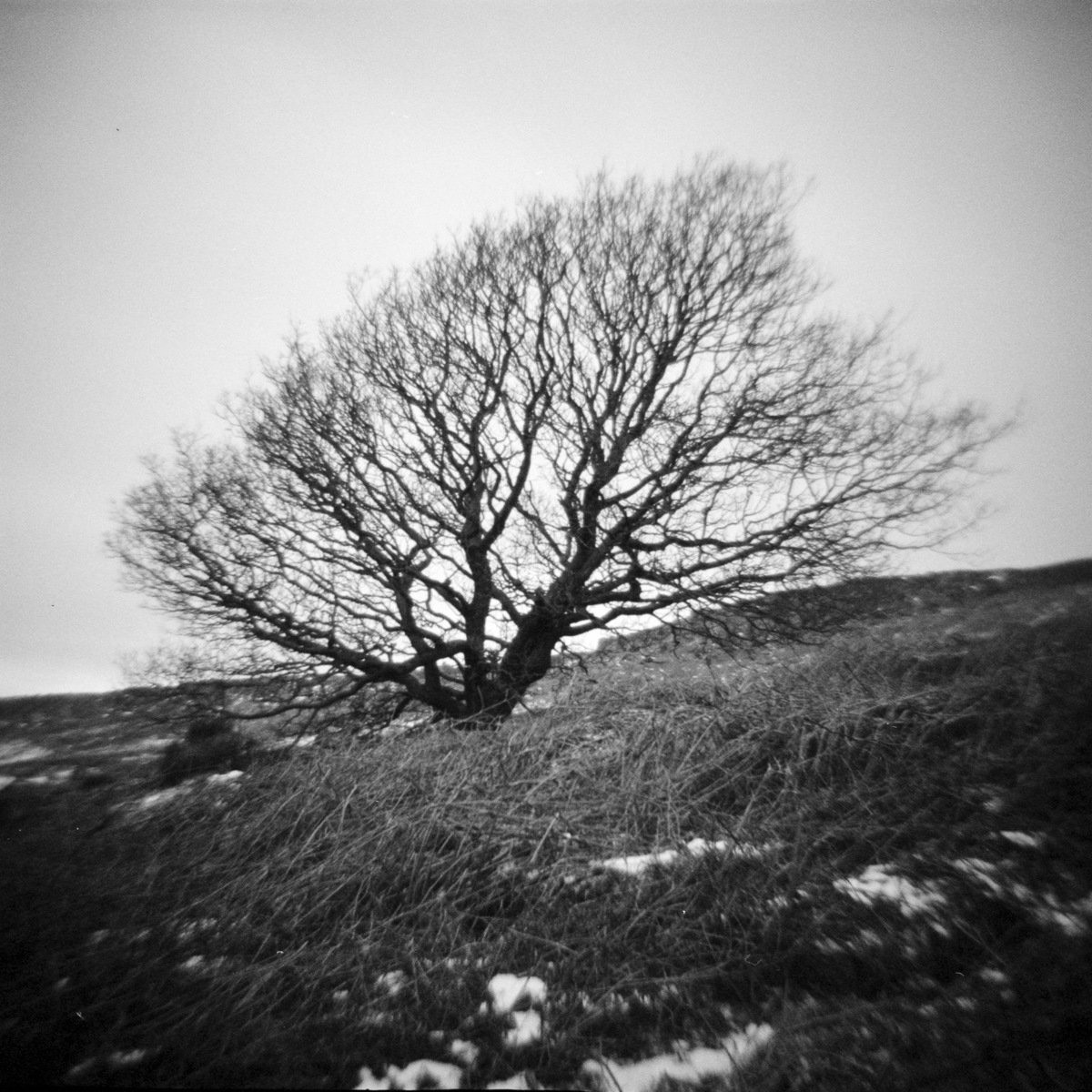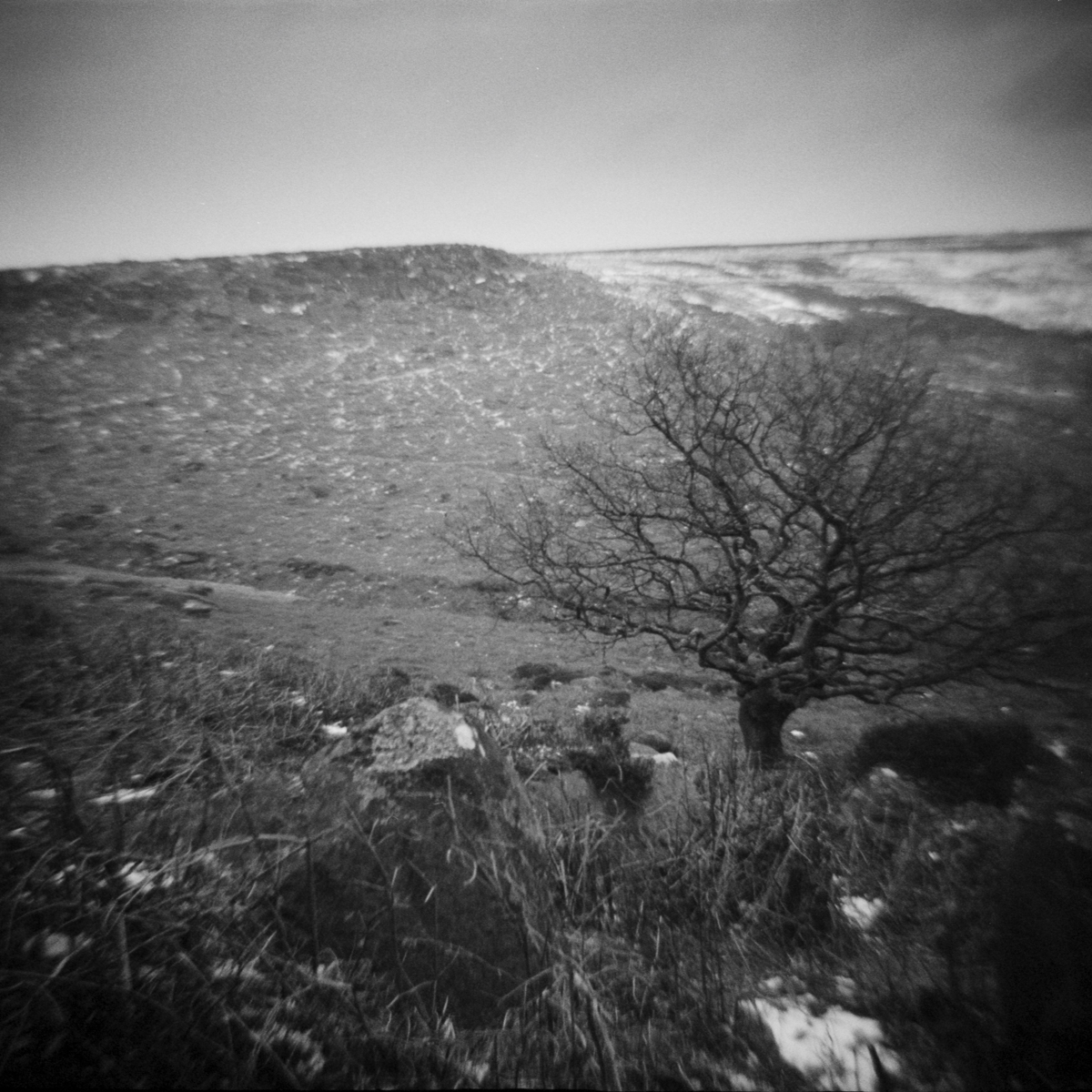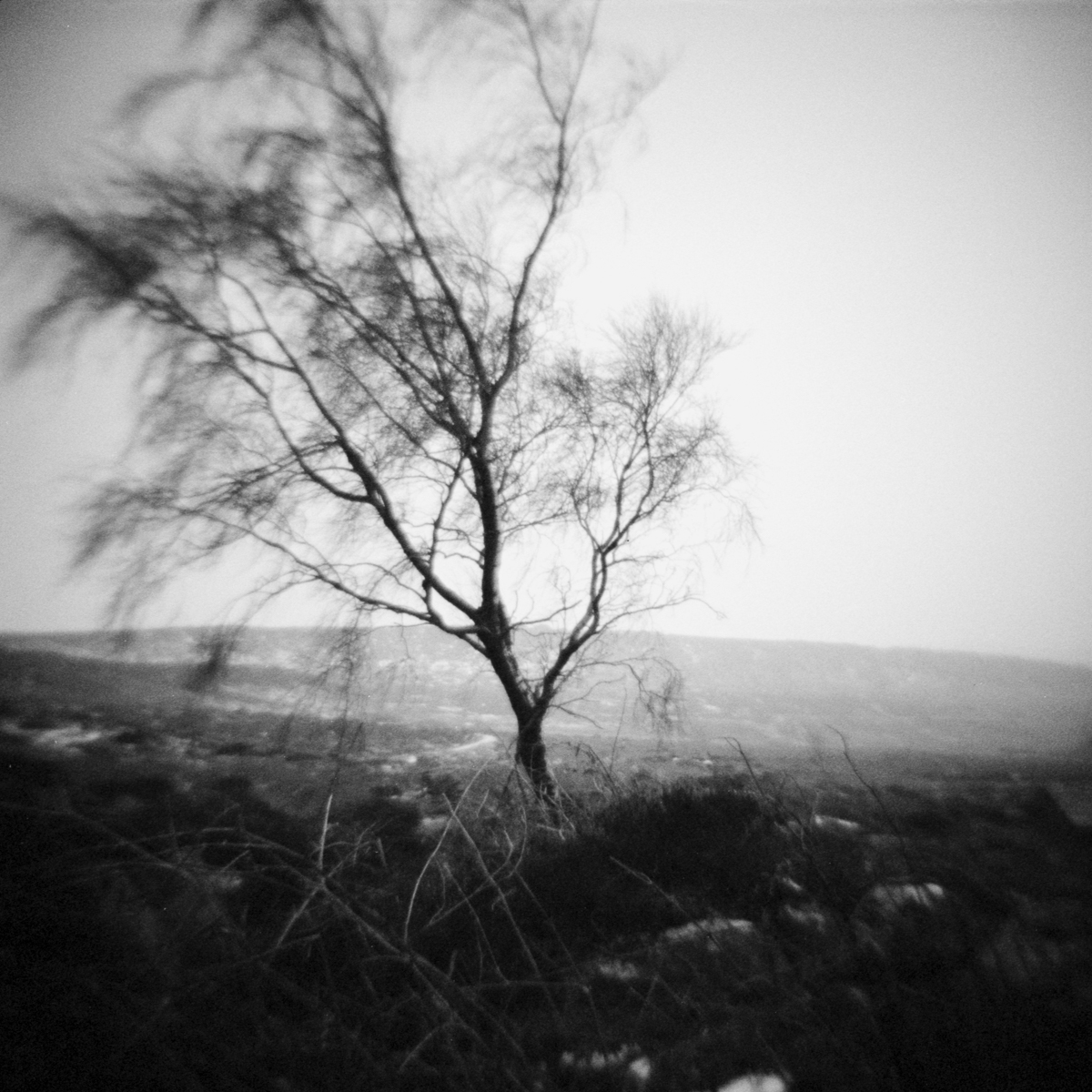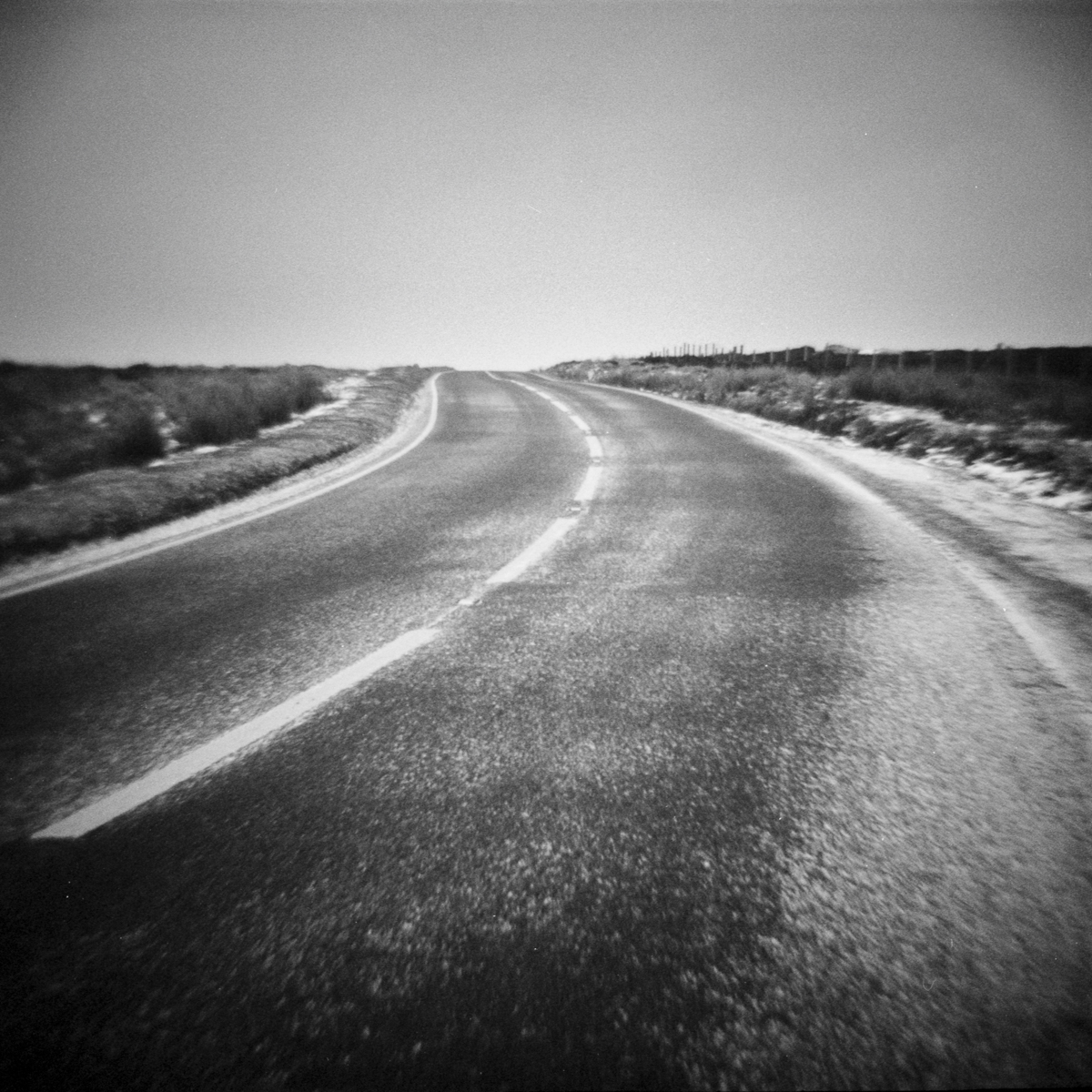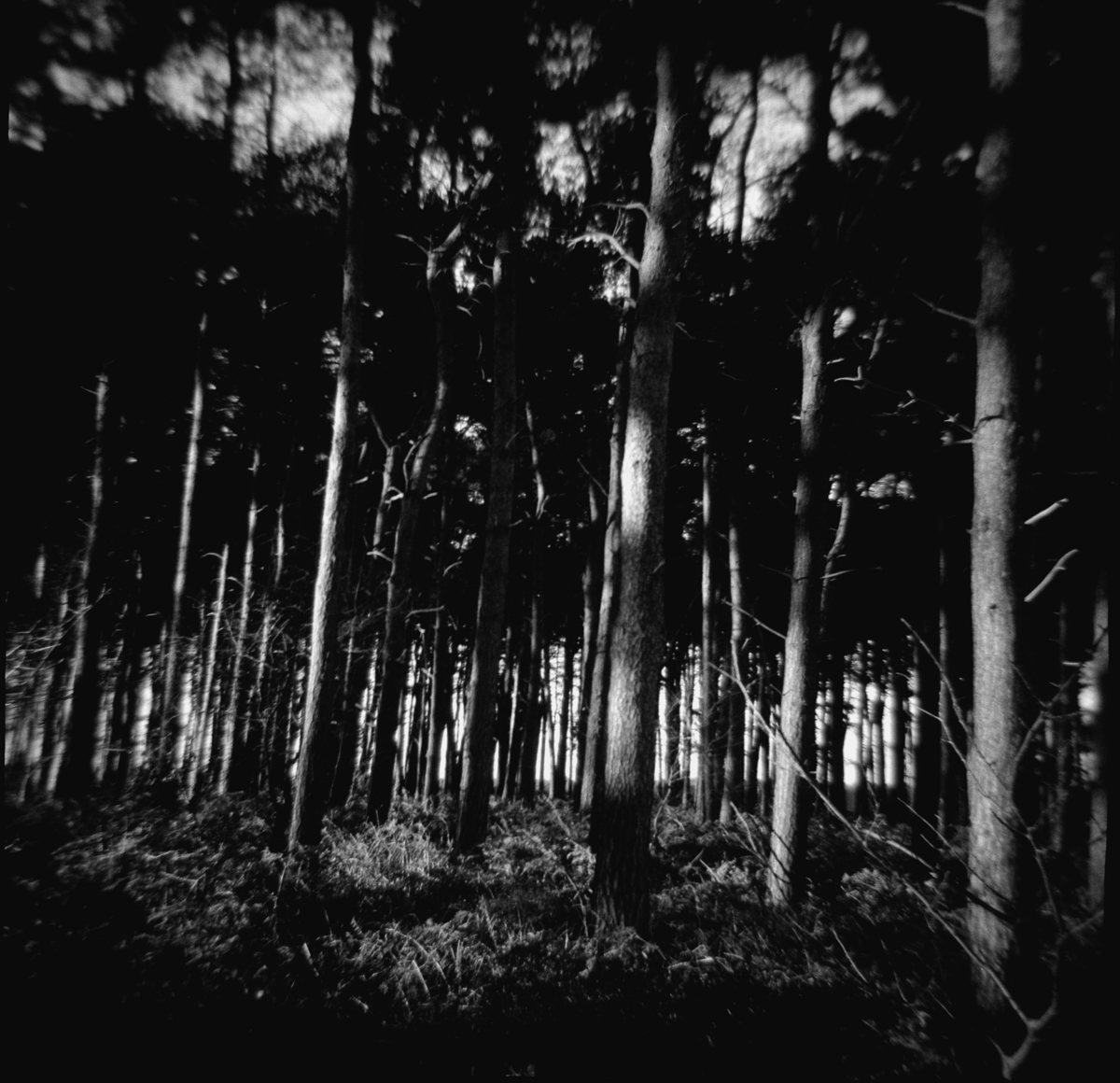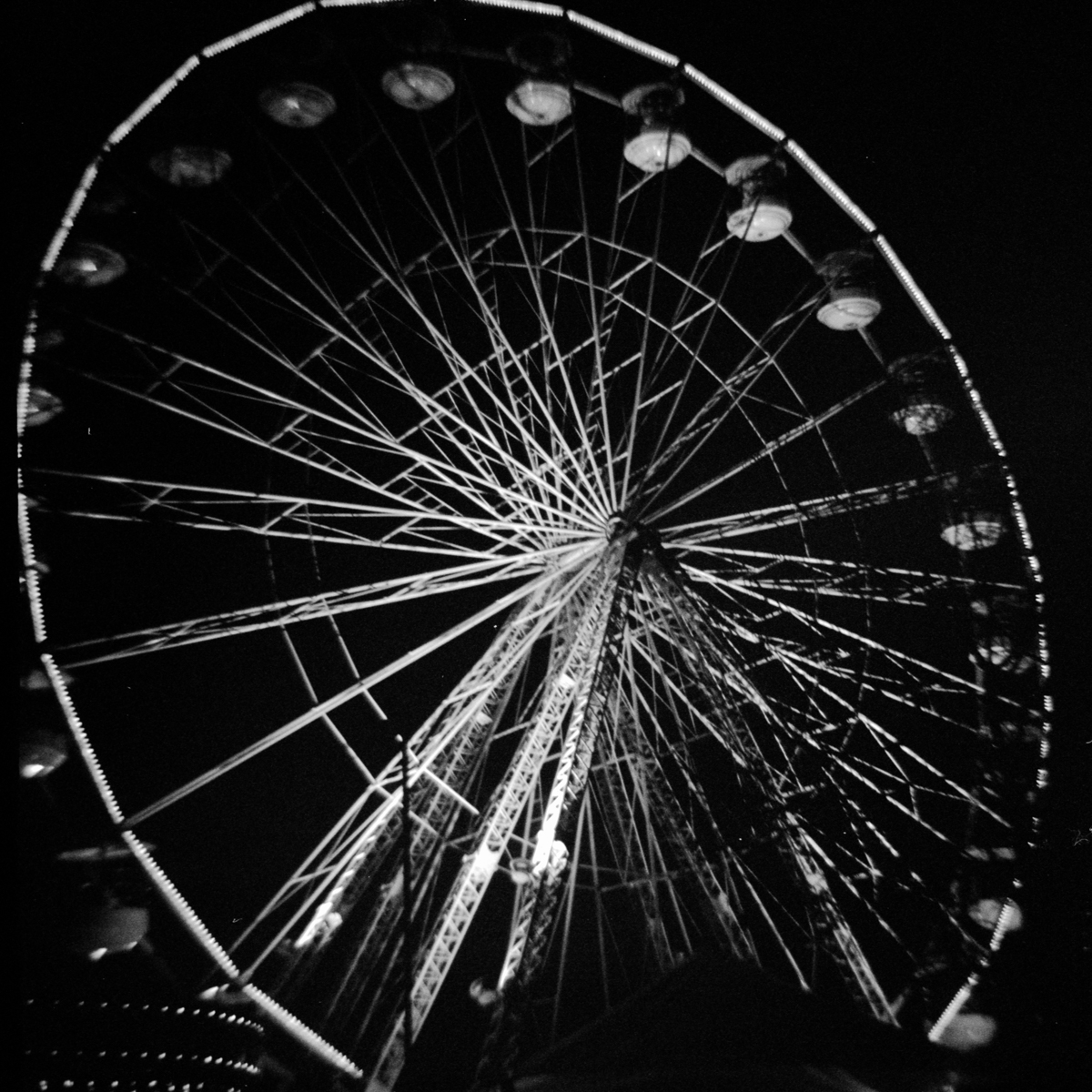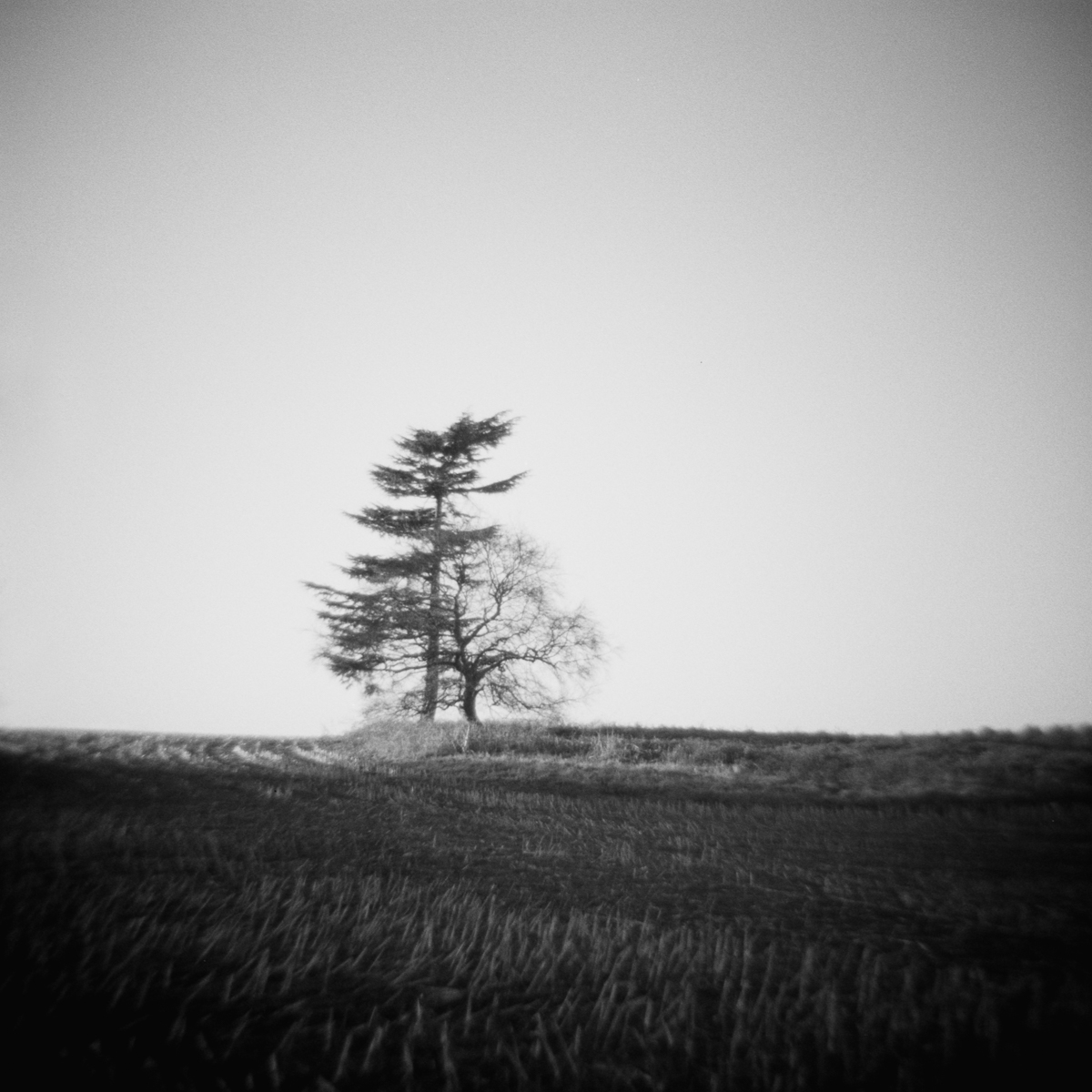Foreword: this is a summary of a recent project that was undertaken as a final for a photography course. The article involves theory as well as practical elements. It is not a howto, but you are welcome to ask questions.
“Surrealism has always courted accidents, welcomed the uninvited, flattered disorderly presences. What could be more surreal than an object which virtually produces itself, and with a minimum of effort? An object whose beauty, fantastic disclosures, emotional weight are likely to be further enhanced by any accidents that might befall it?“¹
Toy cameras are surrealist tools. Their crude plastic bodies are housings for unsophisticated mechanisms, requiring little to no input by the user, effortlessly producing images with artefacts that prompt unexpected and spontaneous results.
Though I am not a Surrealist, these qualities that move beyond reality and predetermined modernism are attractive to me as a photographer. They serve as a reminder that ‘photography is not bound by any obligation to reality; like any other art, it is a set of resources which can be put to a variety of uses, and out of which a style can be forged’².
Shifting this surrealist unpredictability from the toy to the handmade camera is an exercise in problem solving by working within the basic parameters of photography. An understanding of the integral theories behind the photographic medium are applied to practical and physical attributes: a light tight box, a means to prepare the recording medium (sensor, film or plate), an operational shutter, and an aperture to allow light to enter the box.
Cameras are tools, a means of capturing a scene on to a photographic medium. It follows that the handmade camera is a customised and specialised tool to meet the individual photographer’s needs. Just as an artist may use a handmade brush, material or tool to create a unique look and style, a photographer looking to create a unique representation or interpretation can do so through the act of making the tool.
Seeking to explore the landscape of the British countryside with a surrealist undetermined nature, which underlines the toy camera and lo-fi imagery, took the form of a four month final major project building two cameras and shooting with them.
Camera one started life with the premise of creating a wooden toy camera. It is a simple box camera made from 3mm balsa wood, housing a roll of medium format, and a 6×6 mask. An Agfa compur-rapid shutter sits at the front, of which the original lens elements are replaced with a meniscus element suitable for a 21mm focal length. The original plan was to implement a viewfinder, however the wide focal length made it easy to compose with. To load the camera, the top plate comes off, and film can be slid inside, similar to the Leica cameras.

The camera, rushed in design and construction to meet deadlines, suffers from fundamental issues and faults. One major flaw is that the lens barrel on the shutter is too long for the wide focal length, creating a deep vignetting and a frame size closer to a 4×4 rather than a 6×6. With the wide focal length, the original aperture markings became invalid as the f32 became an f8. The narrowest aperture of f8 meant that distortions were not tamed enough and the resulting images, can in some cases, have distracting artefacts. A curved film plane, like that of the fujipet toy camera, was later added to diminish a curvature distortion. During the time using the camera, a minimalist centre focused composition was adopted to take advantage of the sharp centre and blurred distorted edges.
The benefit of adapting a shutter to the camera body allowed for relatively accurate and controlled exposure timings. The slow shutter speeds on the compur-rapid shutter allowed for the capture of movement, which was used to capture waterfalls.
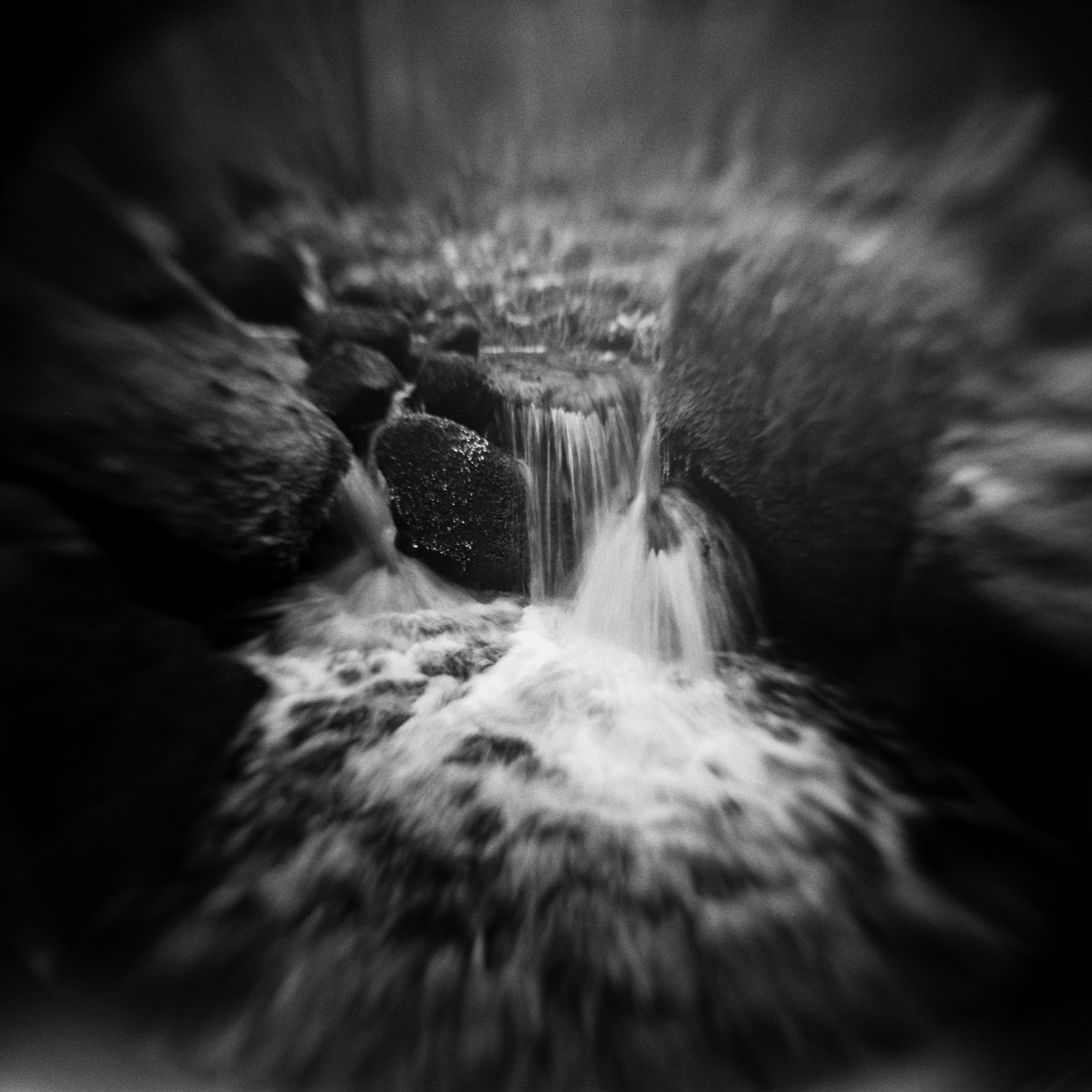
The fastest shutter speed, a respectable 1/400th of second, allowed for the capture of a snow covered landscape in bright conditions. The low contrast of the below image was created by a pull development process as a high speed film was accidentally loaded into the camera when a slow film was needed. Rather than scrapping the film, it was decided, in Sontag’s words, to court the accident. The unusual diamond shape and uneven exposure could be the result of cold temperatures making the shutter sticky.
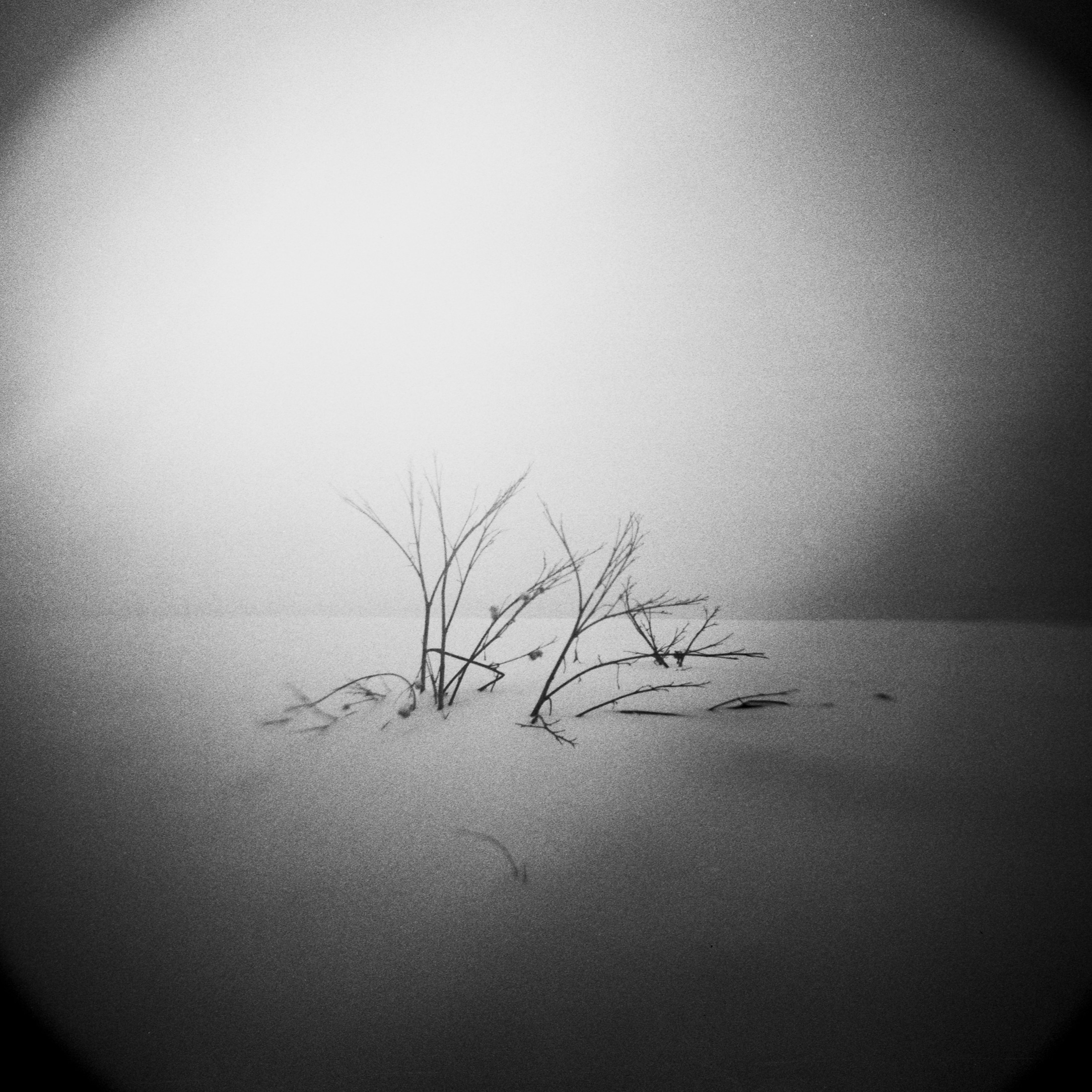
The outcomes of the camera are interesting however, the images lack the surrealist spontaneity that the toy camera has. The shutter, with its range of speeds, insinuated a preference for perfection. Toy cameras have little to no options in the way of control, let alone shutter speeds. This is where camera two came in.
Camera two is a TLR camera made from a wooden box and a balsa insert box. A modified Holga shutter and a 50mm convex lens intended for science experiments are the basic photographic elements, while a mirror, fogged perspex, and an identical lens were used to create a rudimentary viewfinder. These devices were almost entirely housed within the insert box, while the main, larger, box housed the film and winding mechanism.

Camera two is not a work of art, it was constructed in a toy camera fashion -a rushed and slapdash manner so that a lo-fi look could be achieved from the beginning. In the way of mechanisms, it is possible to focus the camera by moving the insert-able box back and forth, however with a fixed aperture of f8, any immediate subjects are in clear focus making the need to focus redundant. This is nothing new in the realm of the toy camera as Holga and Lomography photographers are known to forget the focus and just shoot.
With a fixed f stop and shutter speed, results became more comparable to lo-fi with surreal results beyond that of the toy camera. Below is a pictorial pastoral scene which is similar in tone to George Davison’s onion field. The blurriness is similar to that of the pinhole camera, without the long exposure times.
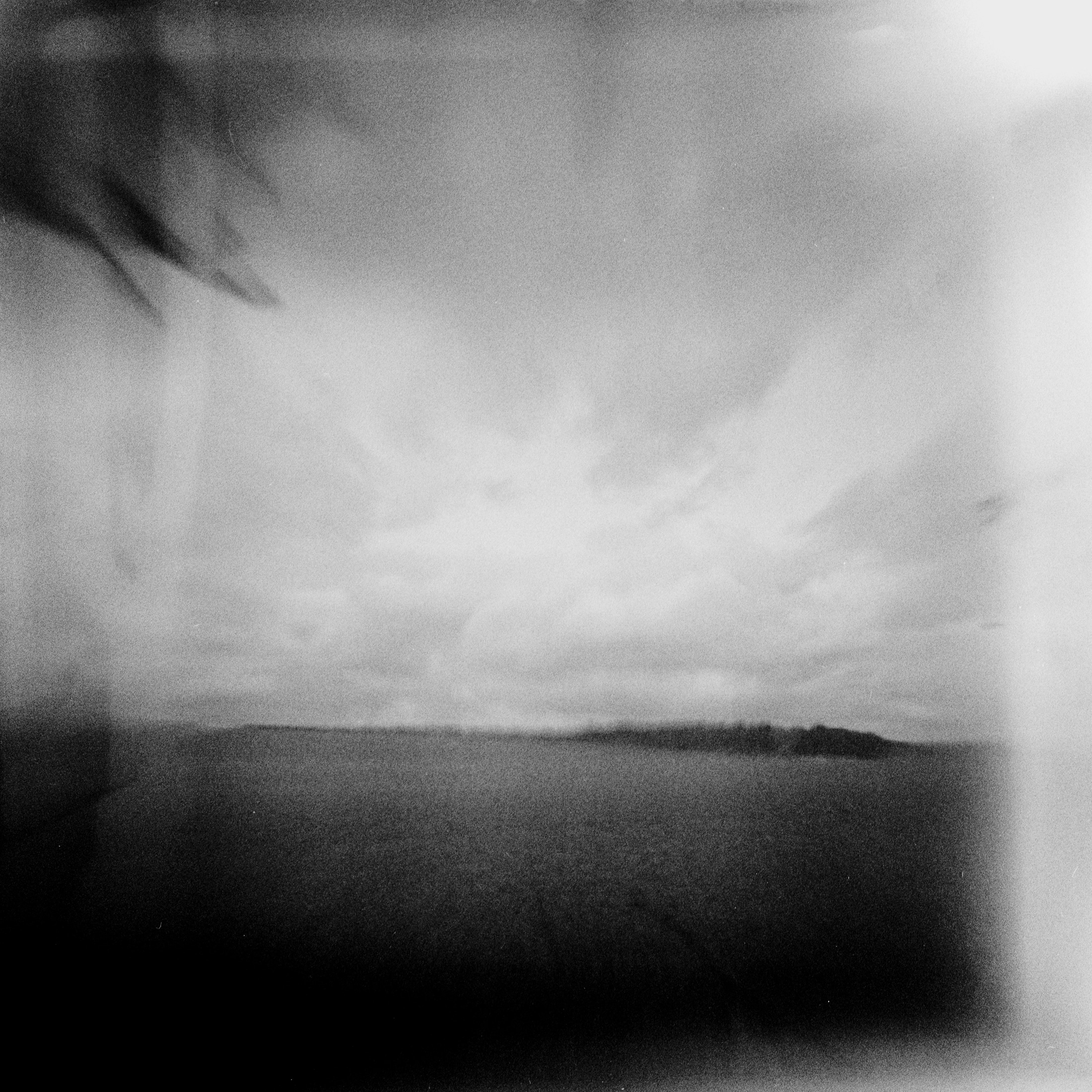
Below, is another another murky-painterly pastoral scene with just enough clarity to make out the immediate path and its details.
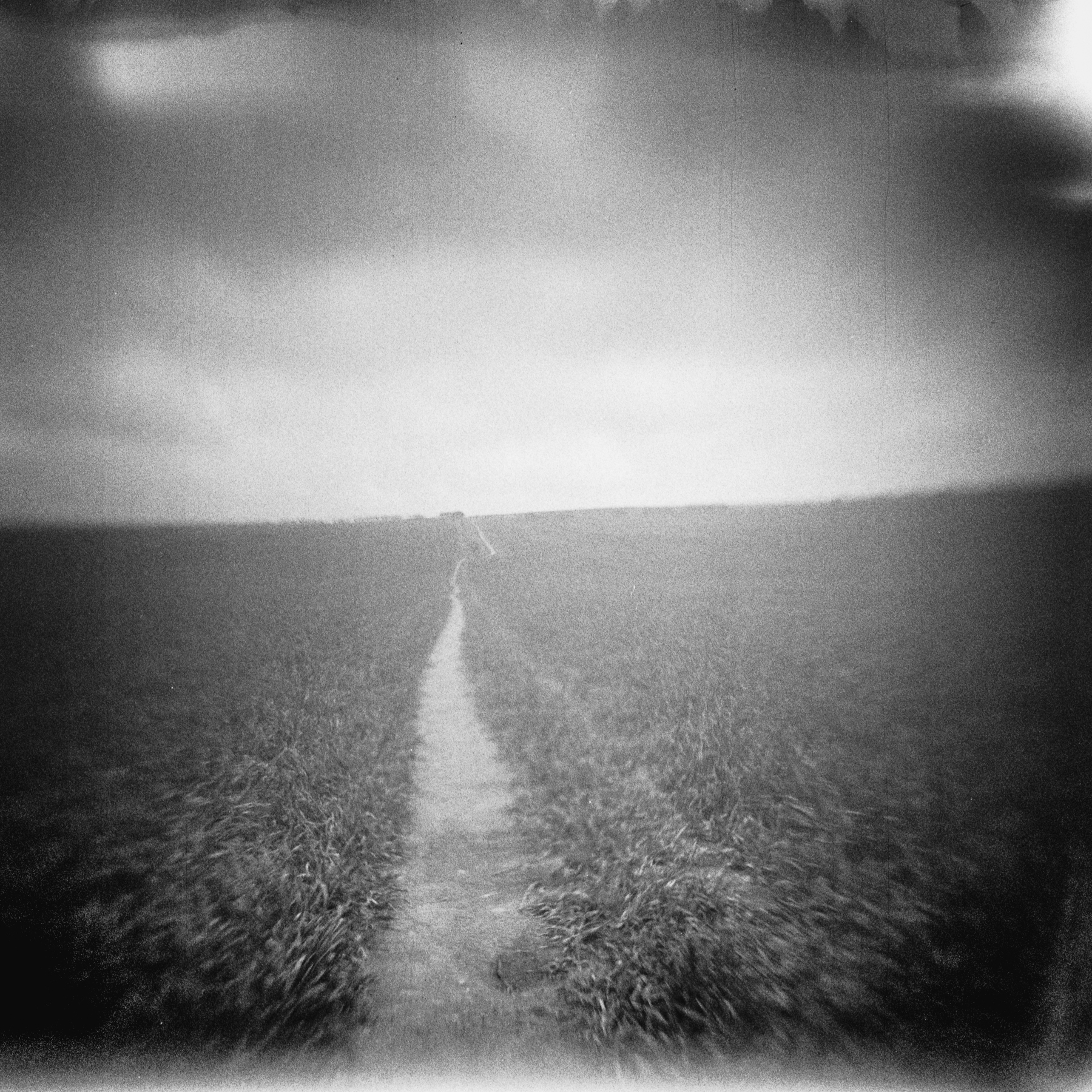
The light leaks and jagged edges come from a cardboard mask which was modified and experimented with over time. These artefacts were more prominent in bright conditions and subdued with tape and black matte paint.
The uncoated simple lens produces a low contrast that complements dense fog and defused light.
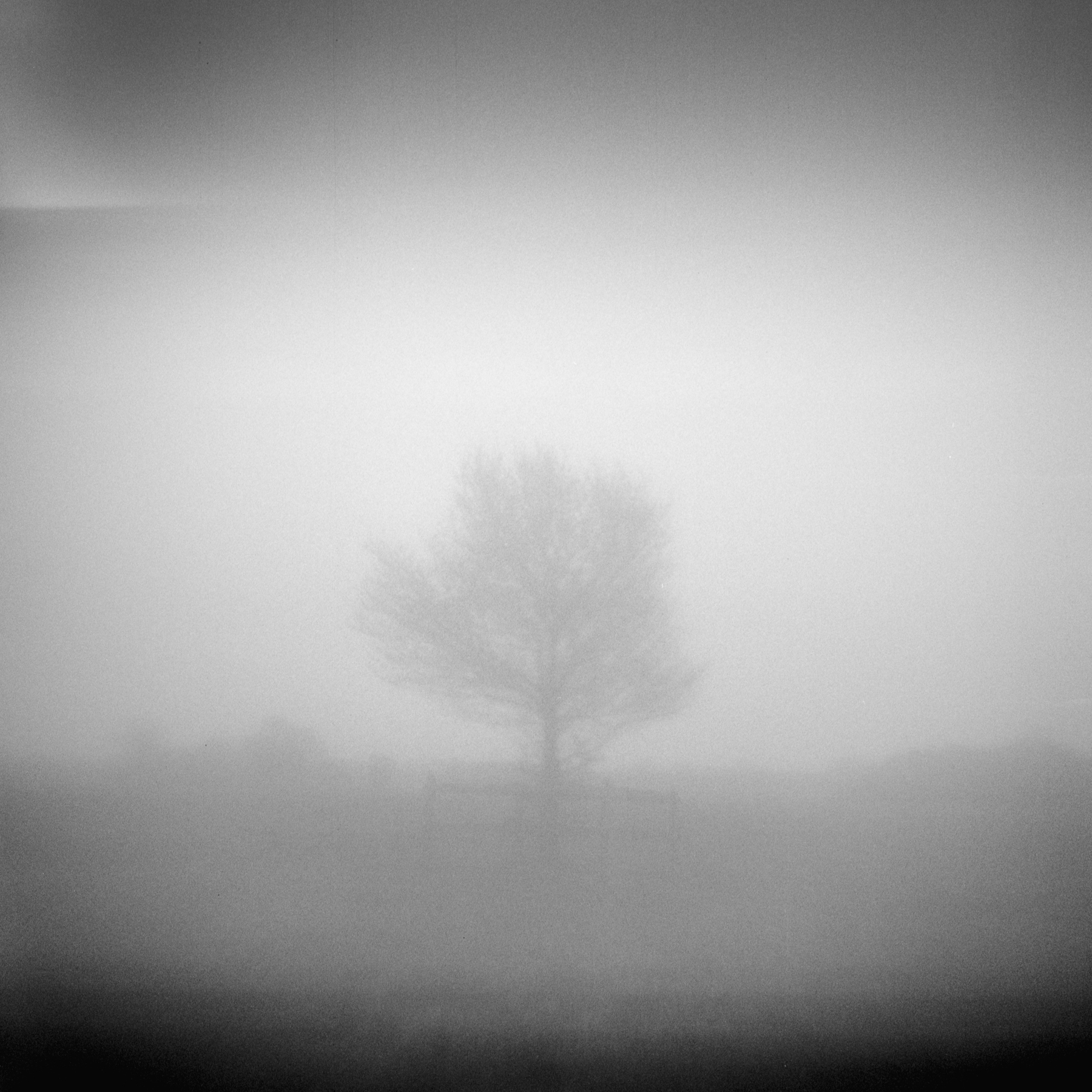
The lines in the below image are caused by the cardboard mask becoming too coarse and scratching the film as it travels along. It adds a texture that is eerie and horror film like. In most cases the scratches are hard to see.
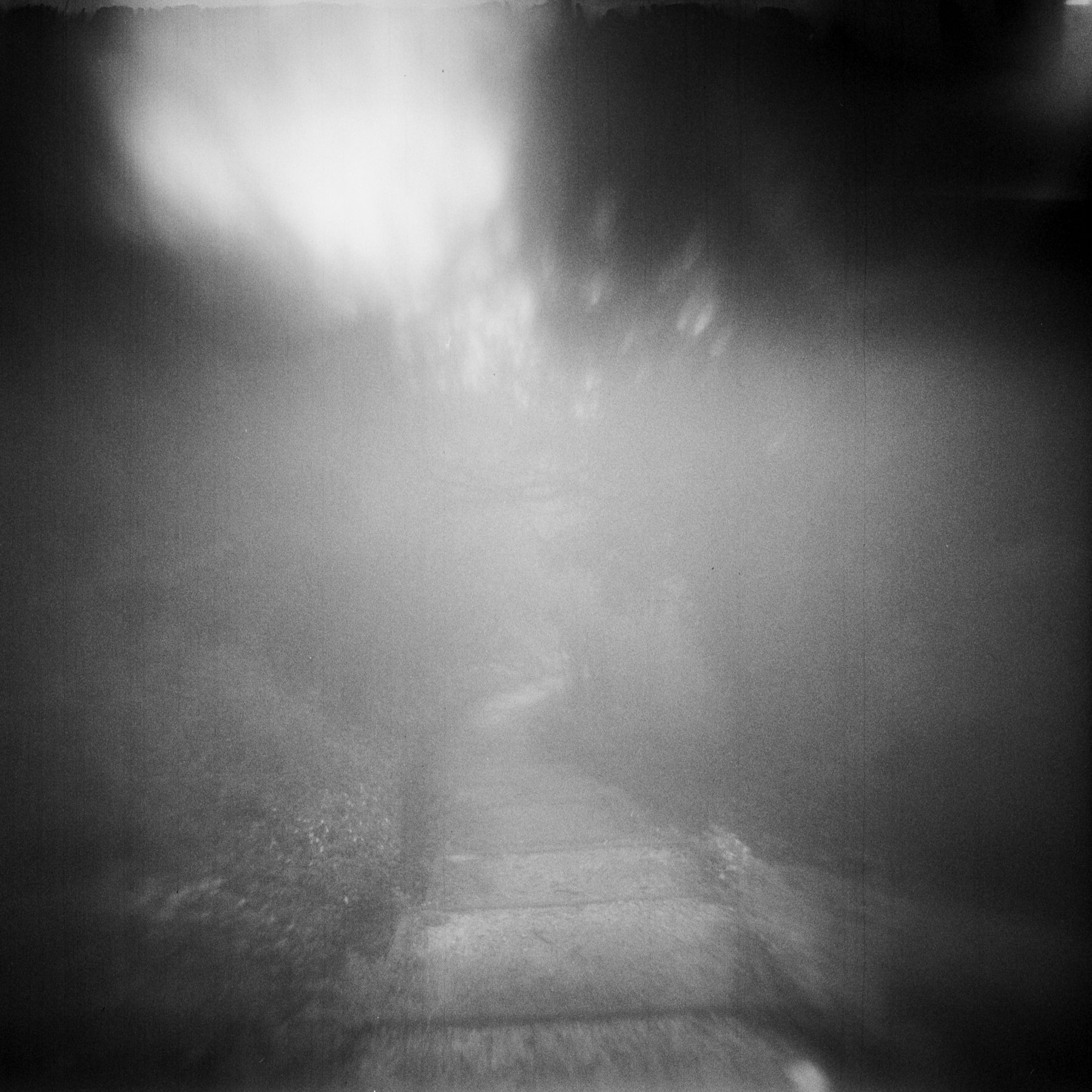
In bright conditions, the uncoated simple lens performs well enough for the intended purpose. The below image is absent of flares and has enough contrast to produce a stark depiction of a single tree.
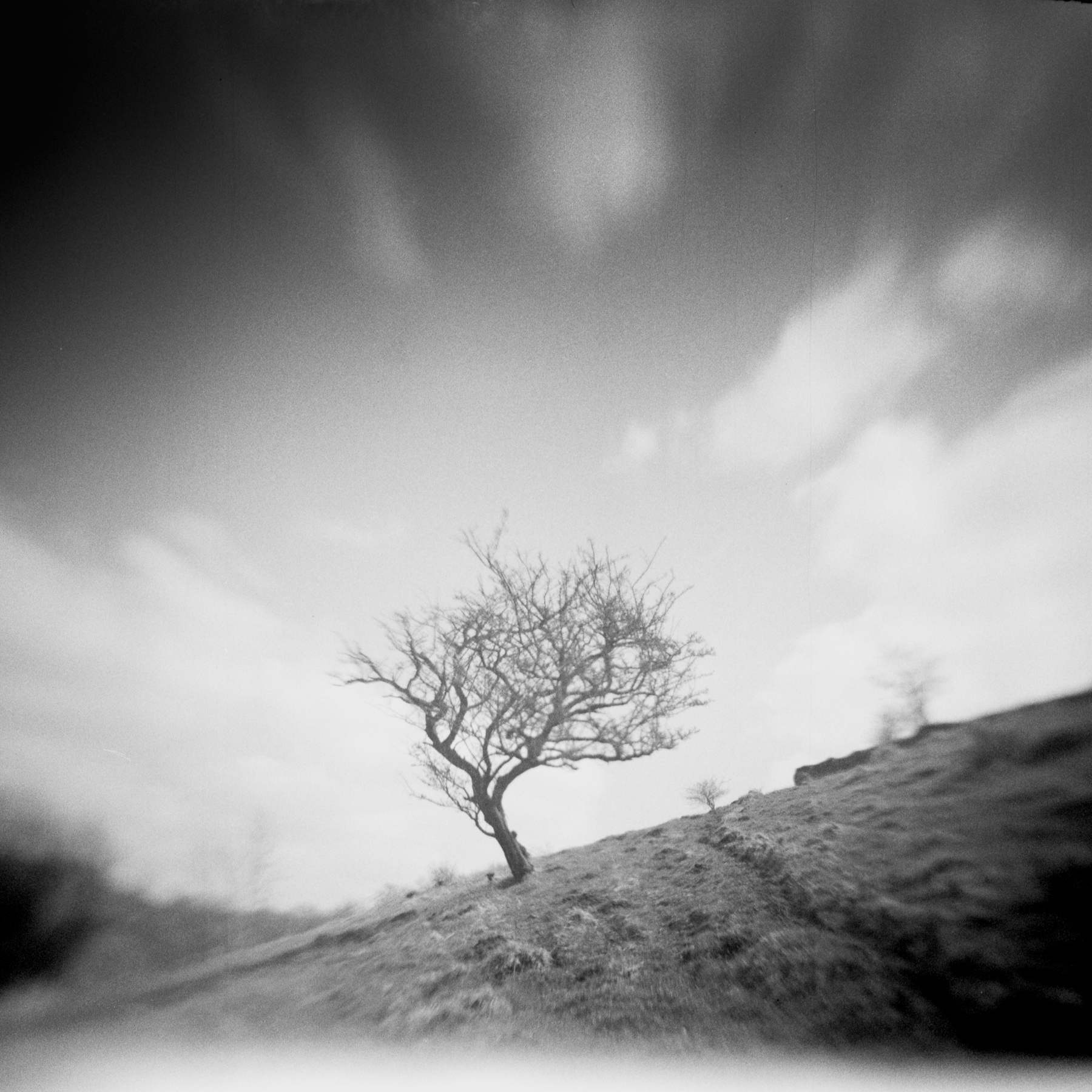
All of the negatives were scanned and processed digitally. The darkroom could have provided further alternative processes, enough for a whole other project. Deadlines meant I could not pursue this. The post processing attributes applied -slightly burning in vignetting and adjustments to contrast, would be applied in the darkroom.
Conclusions drawn from this project
Intending to explore the landscape with a surrealist lo-fi undertone has resulted in processes at the fundamental level of photography. The basic tools created to produce the outcomes could have taken many forms in varying mediums. The choice of medium format as a recording medium seemed natural given that the majority of toy cameras use it. Medium format is also used by British landscape photographers, Micheal Kenna and Fay Godwin, of whom are personal influences and heroes of mine. Additionally, though the project was not about perfection, it could have been achieved, if desired, by mounting a medium or large format lens. The cameras built for the project were successful for the purposes of looking beyond the toy camera and exploring the broader fundamental attributes of photography.
The pursuit of capturing the landscape with a simple camera over traditional and conventional equipment is synonymous with Edward Weston’s statement that ‘richness of control facilities often acts as a barrier to creative work‘ and that ‘the task can be made immeasurably easier by selecting the simplest possible equipment and procedures and staying with them‘³. Photographers can be addicted to the pursuit and acquisition of equipment rather than the photograph and message they wish to convey. I am guilty of this at times -the zeal of shiny brass Leica. Using a simple camera, whether a toy, pinhole or handmade camera, removes the focus from equipment and to the creative semiotics and message.
The landscape photographs in this project, and others such as my Holga work covering the Peak District, are people-less, sublime, and unsentimental. Non-photographers will often use the word moody to describe the work, identifying the sublime visual signifiers as dark, eerie, and bleak. I see the work as a reminder that under the facade of the social construct: British countryside being a picturesque idyllic tidy garden, there lies a wilderness under layers of centuries old management and manipulation of the land.
A gallery of images from the project can be found here rcalow.photography/albums/lofi-landscapes.
References
- Sontag, On Photography. Page 52.
- Scott, C. (1999). Spoken Image: Photography and Language. Page 22.
- Weston, E. (2003). Seeing photographically. In L. Wells (Ed.), The Photography Reader. Page 107. (Original work published 1930)
